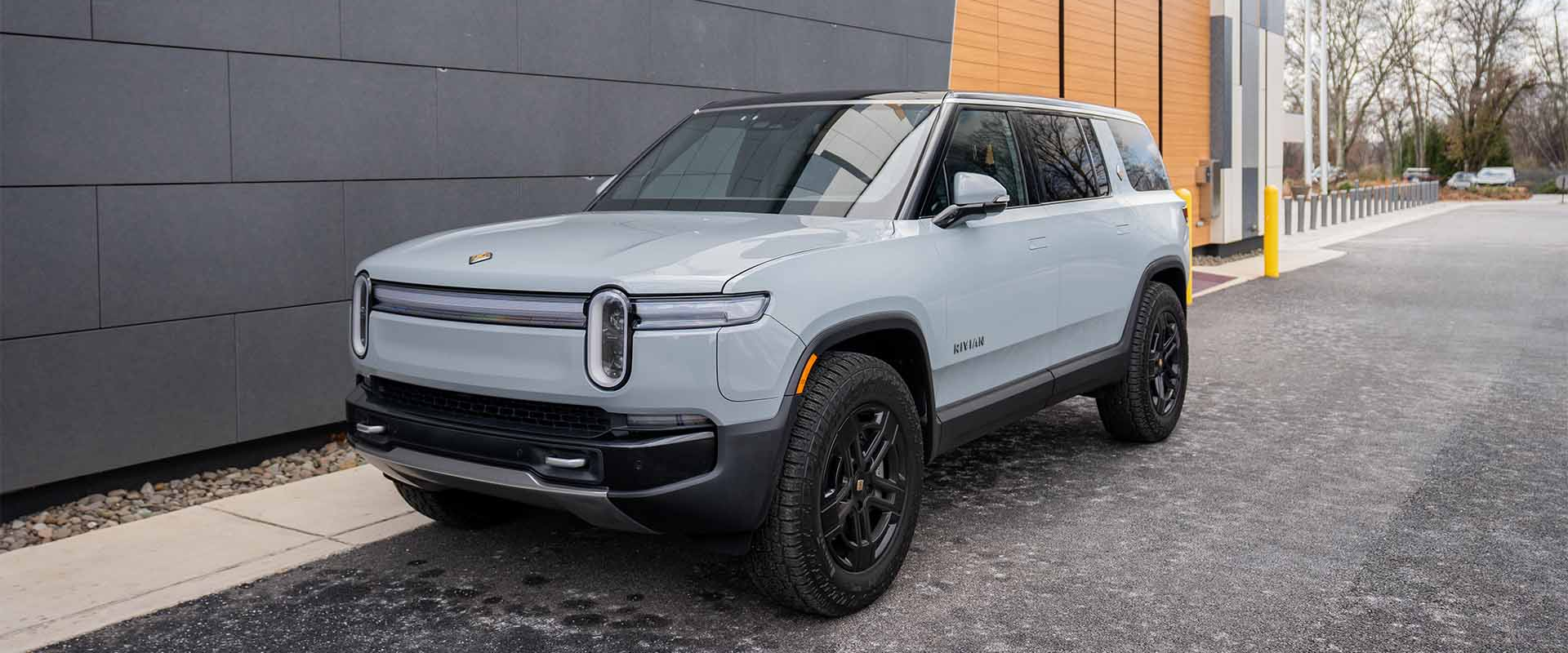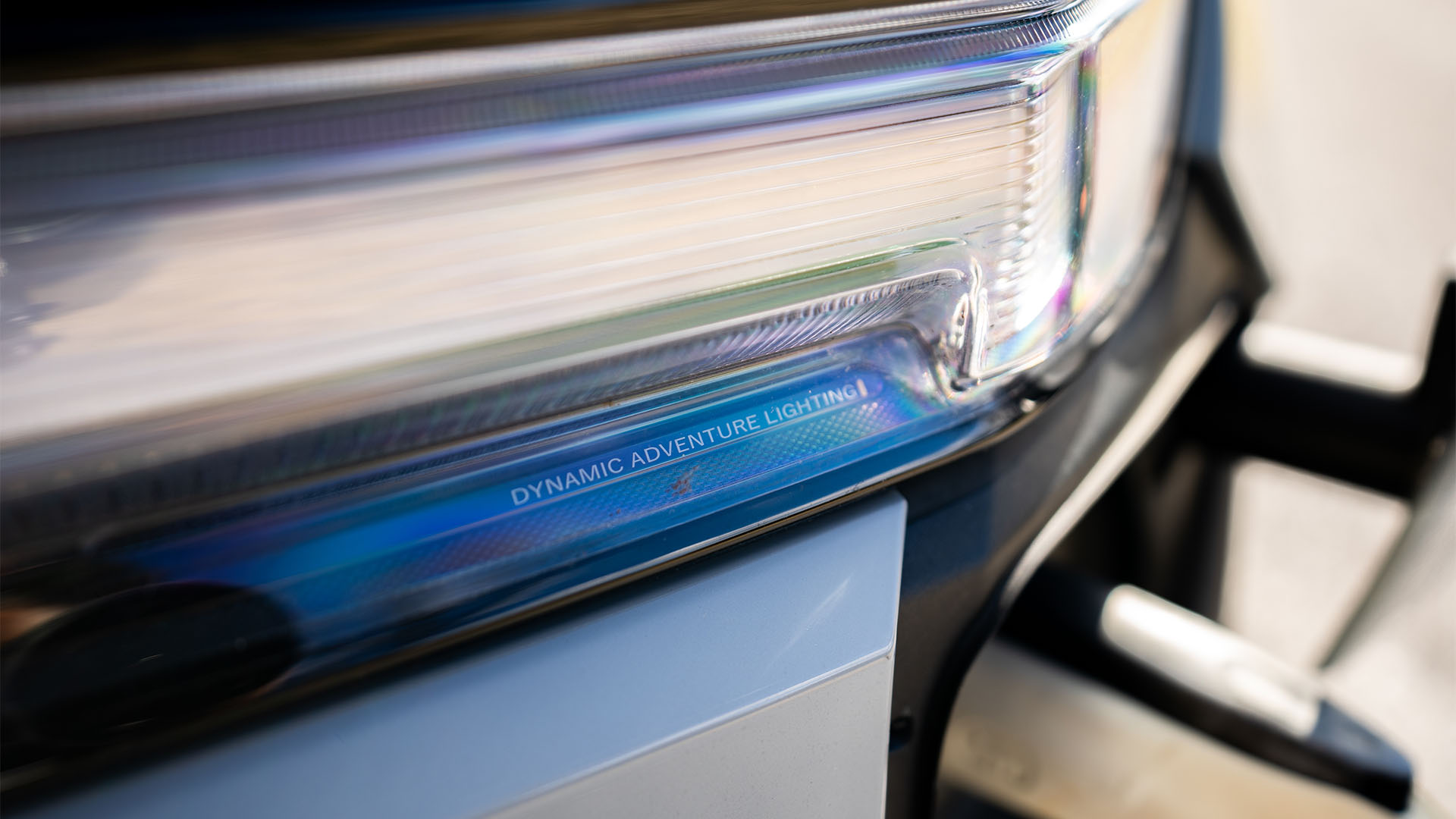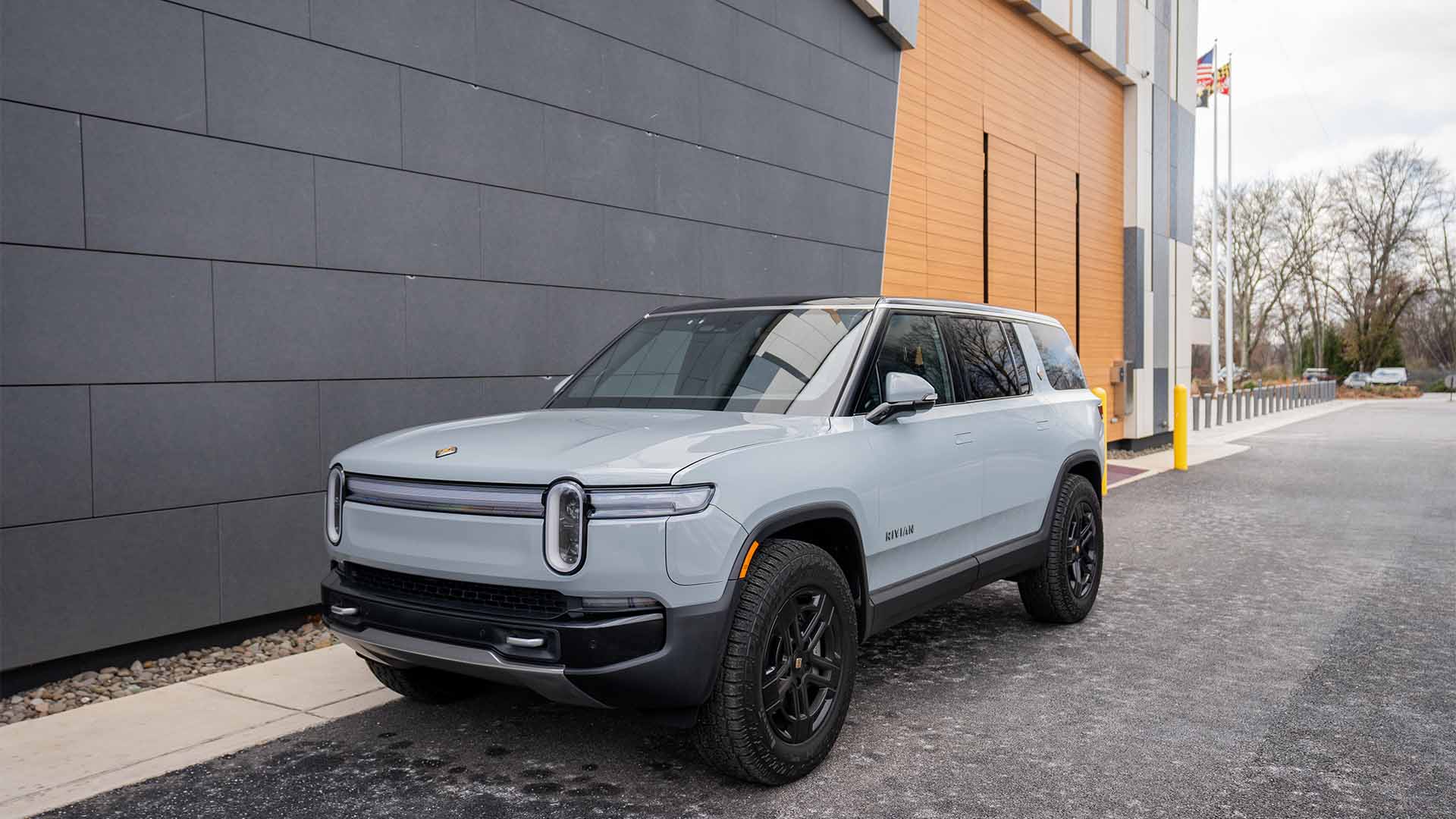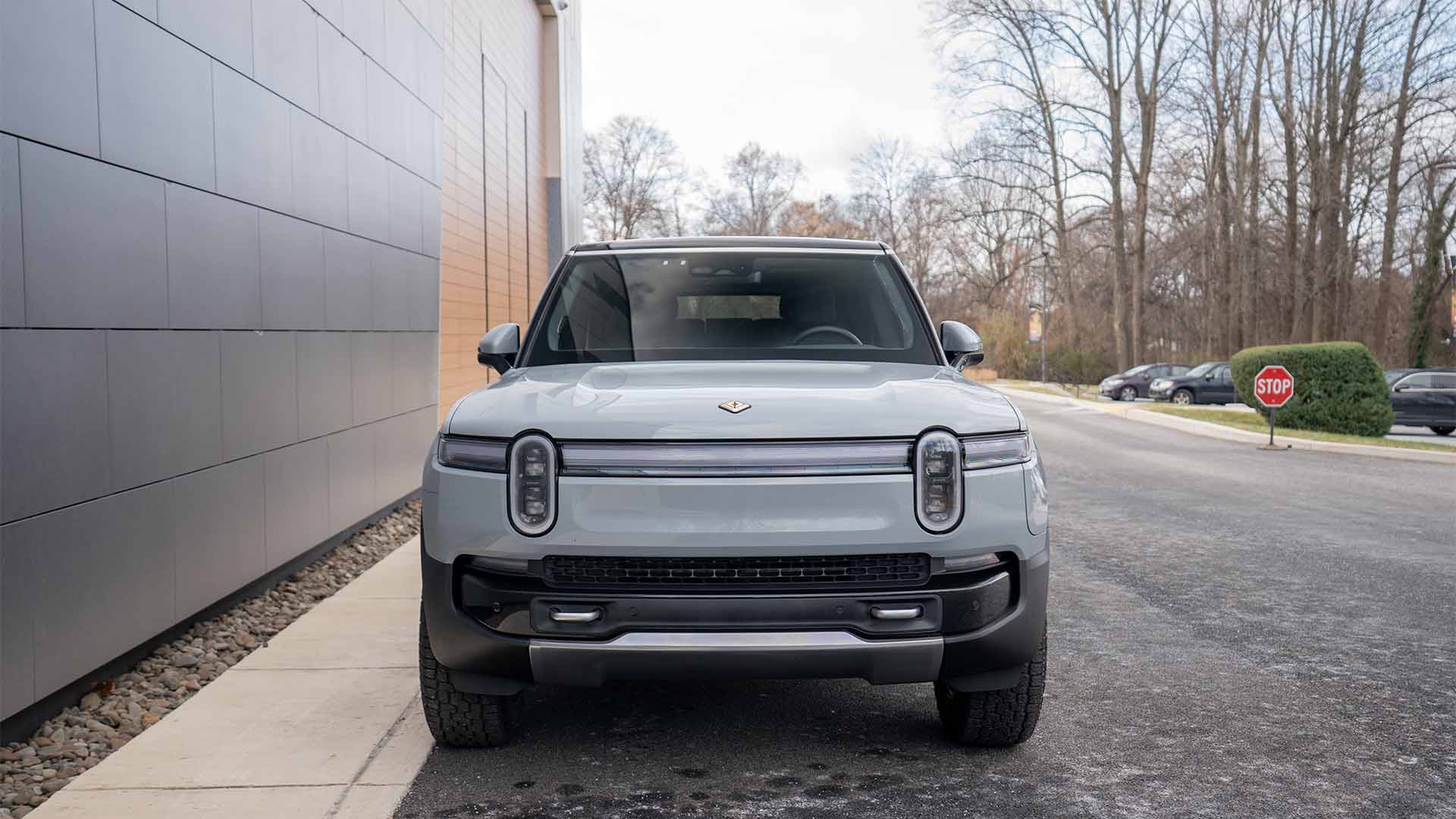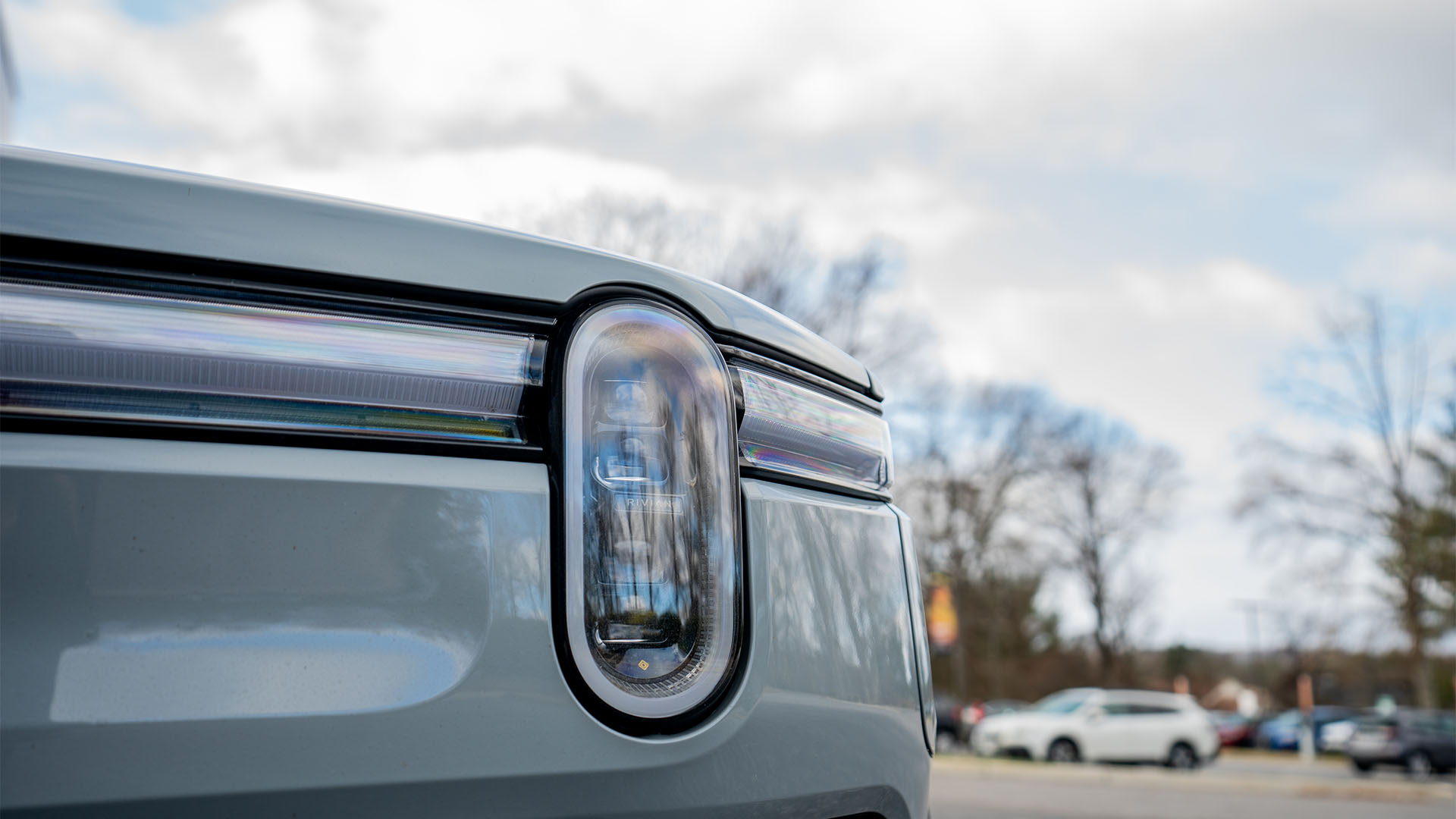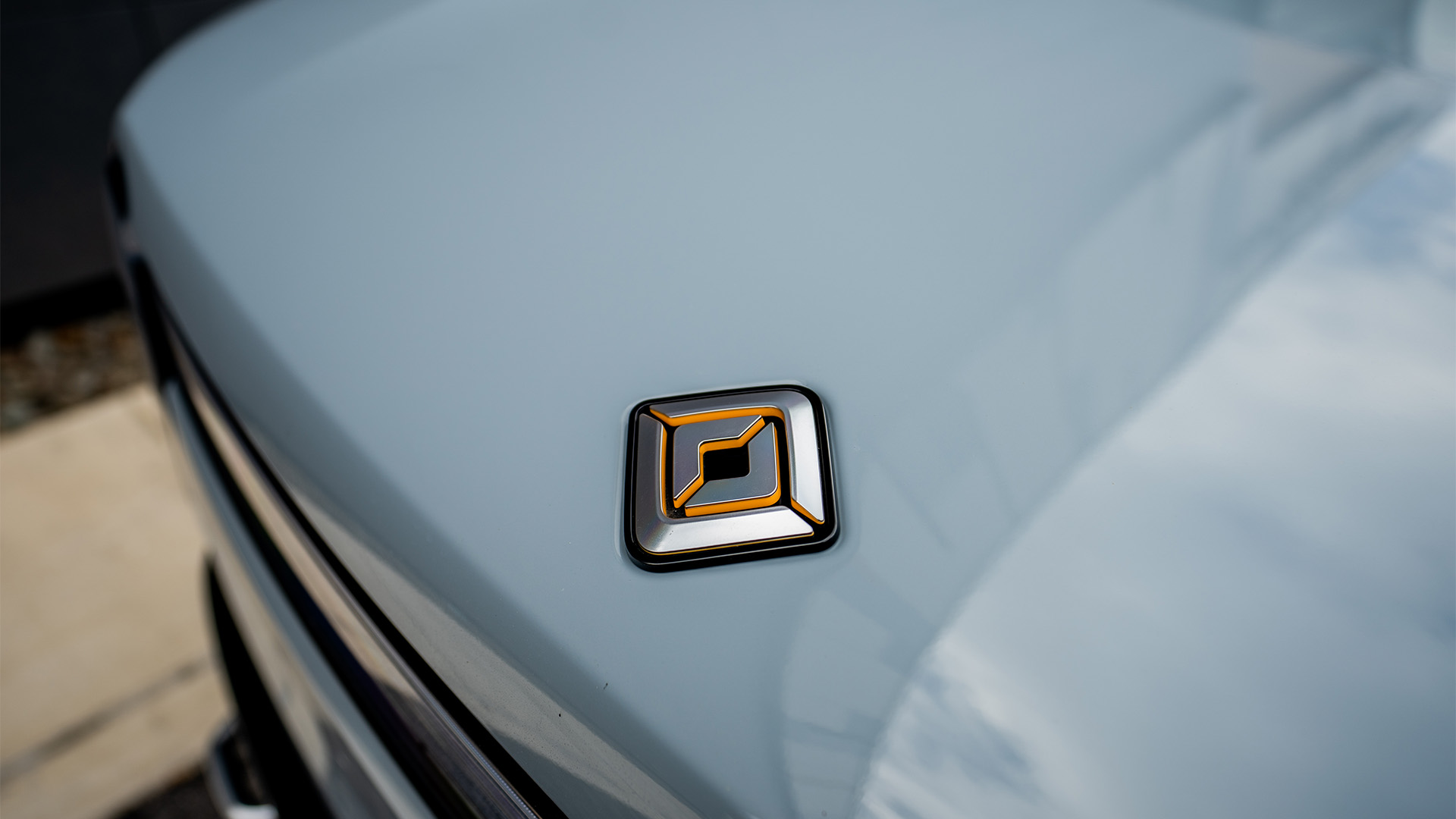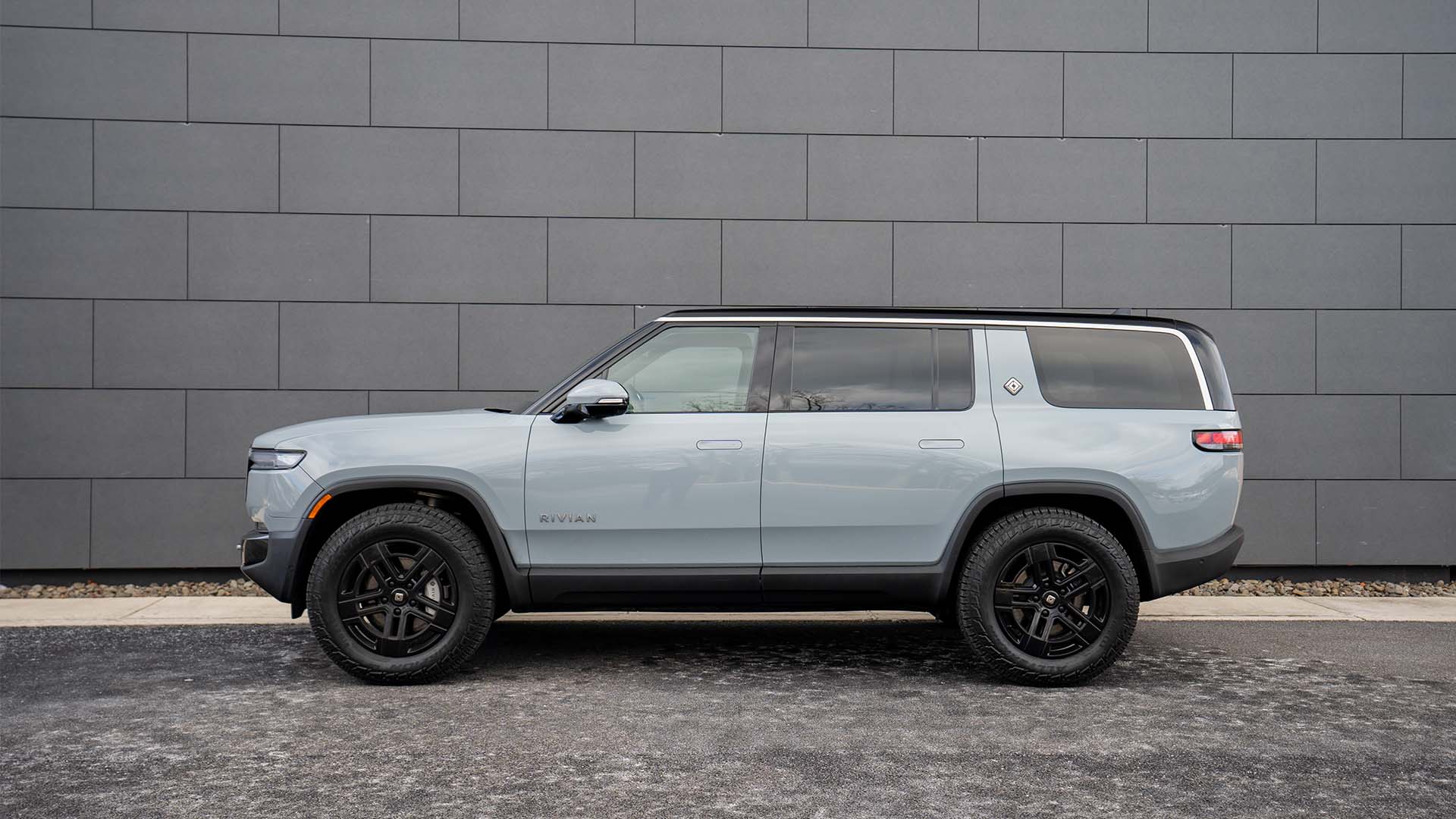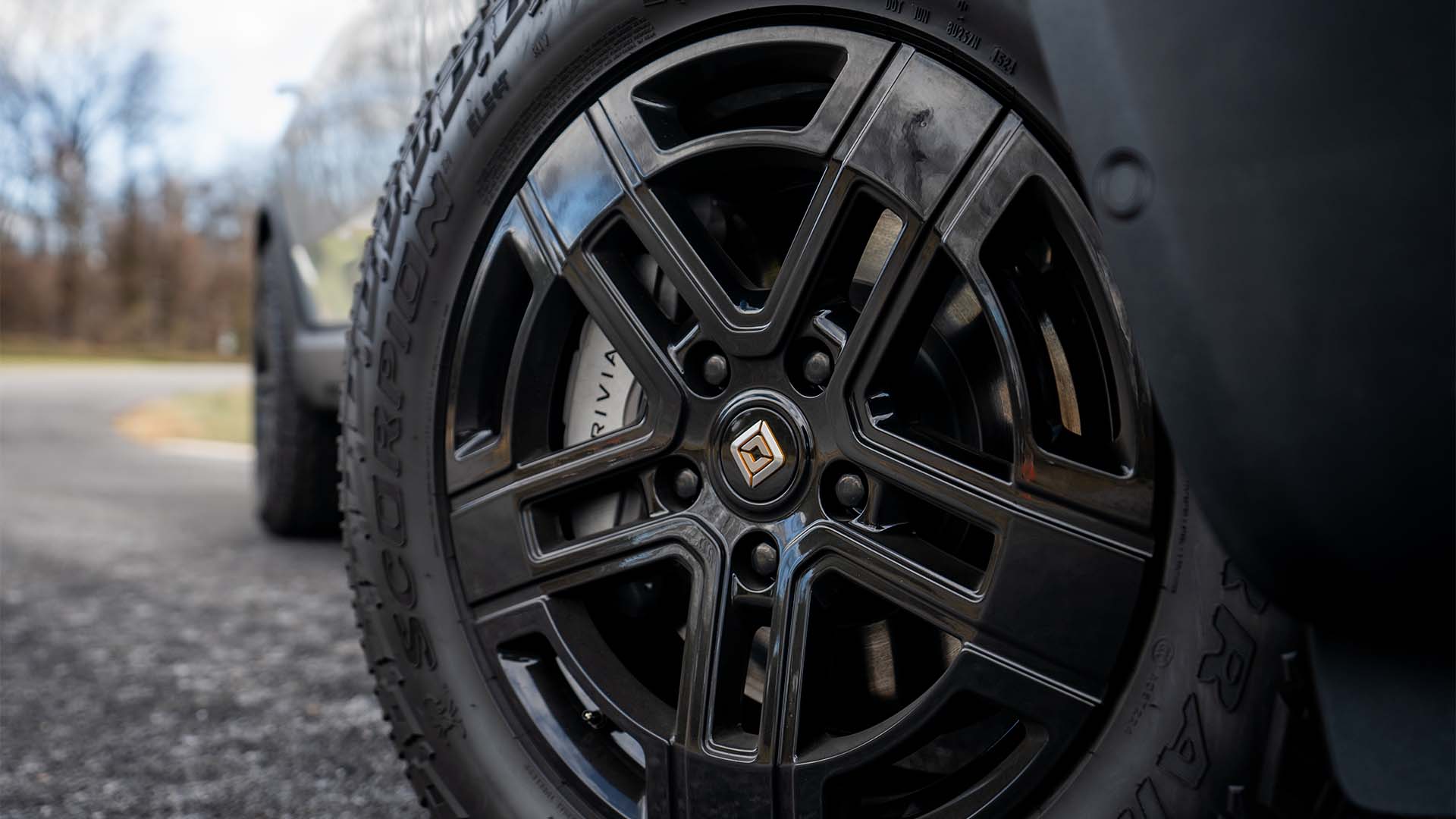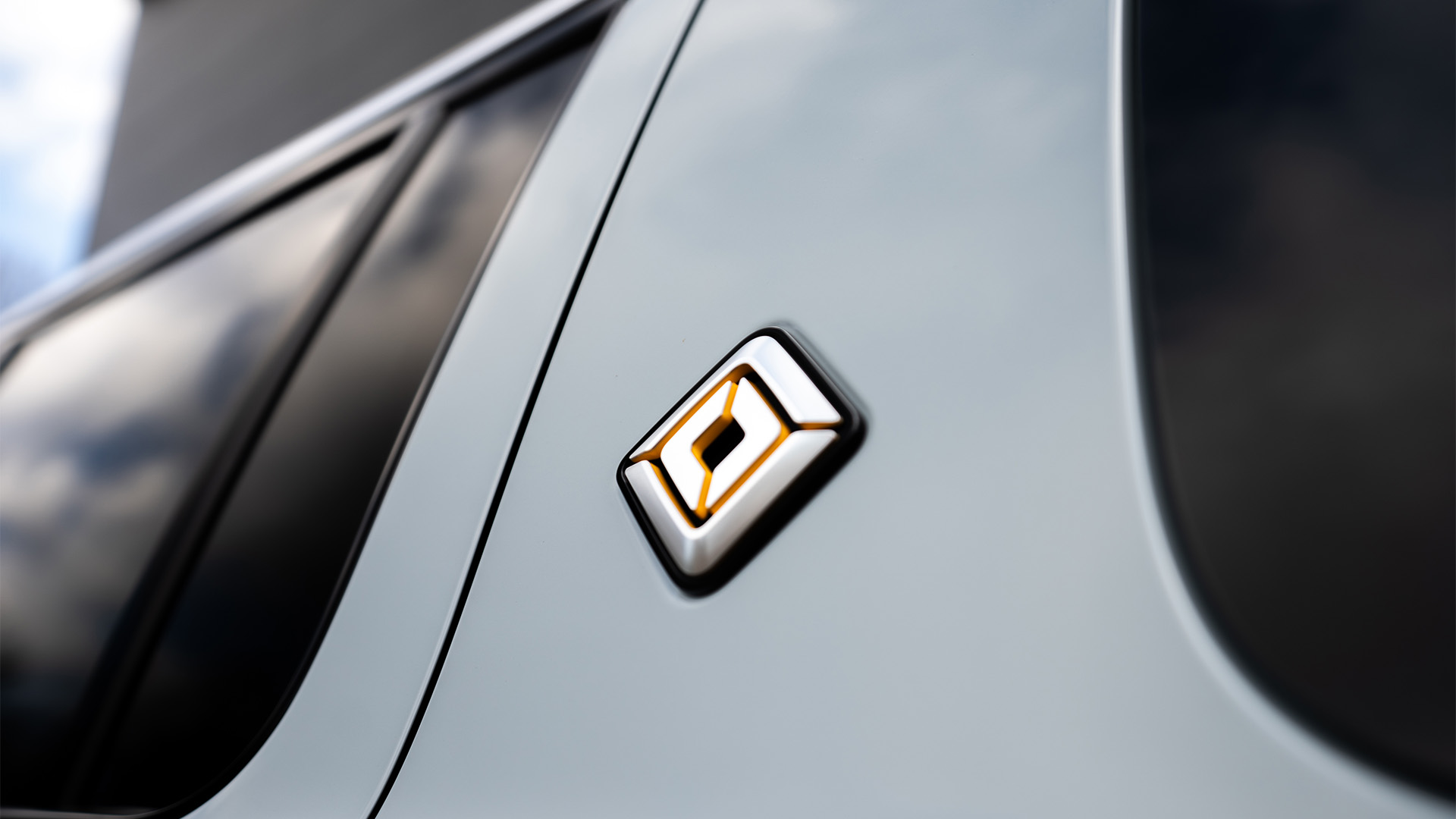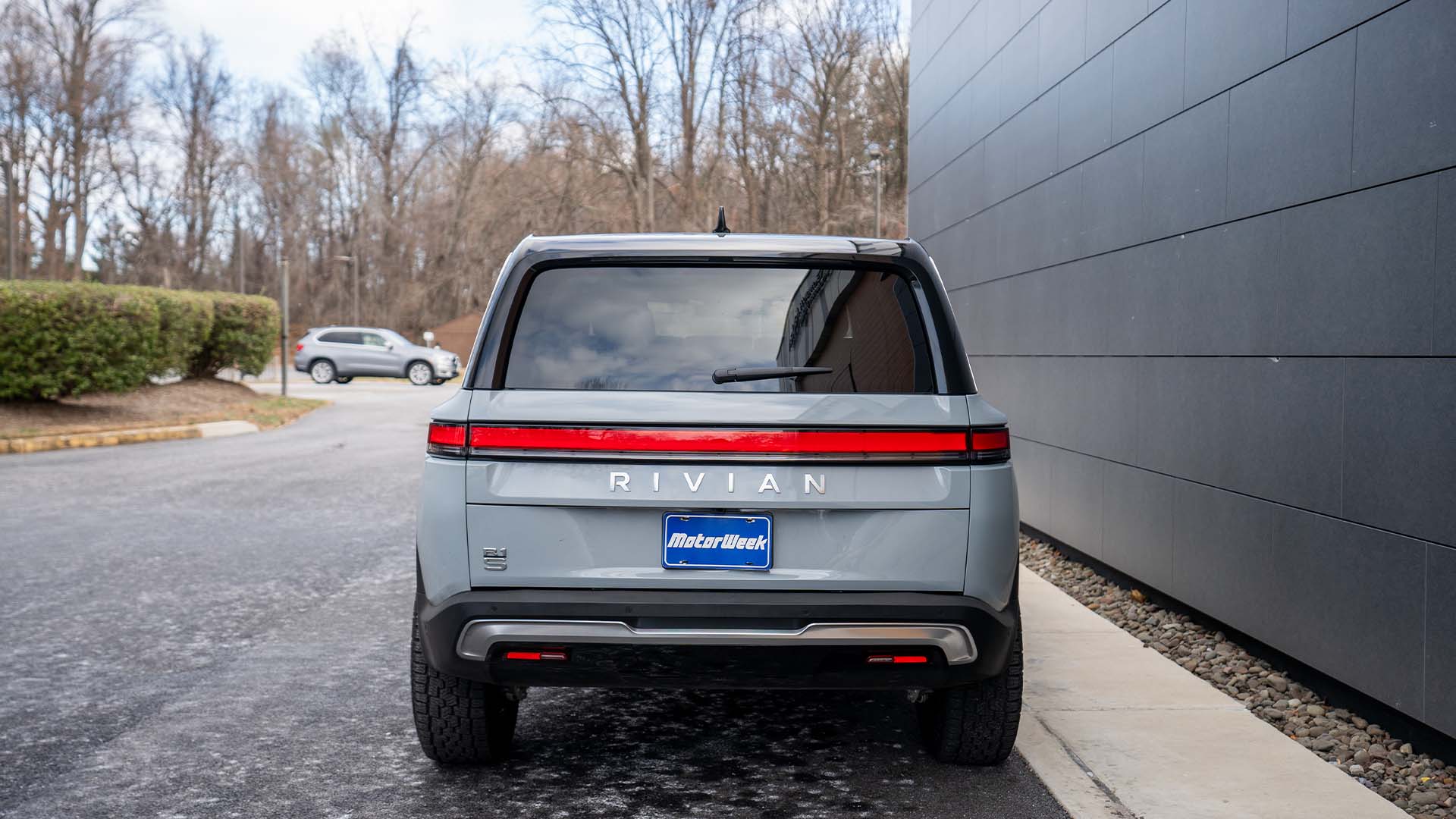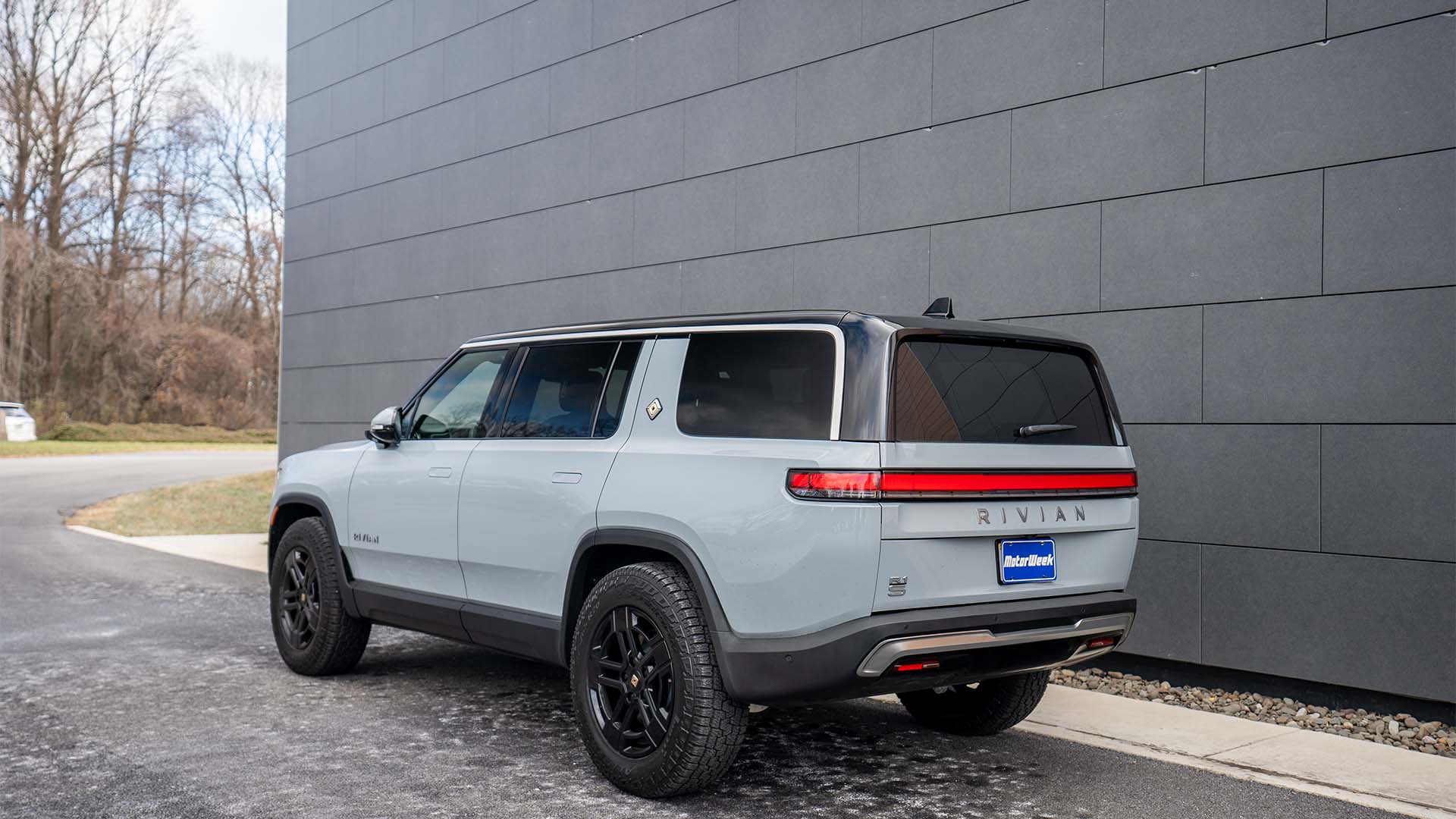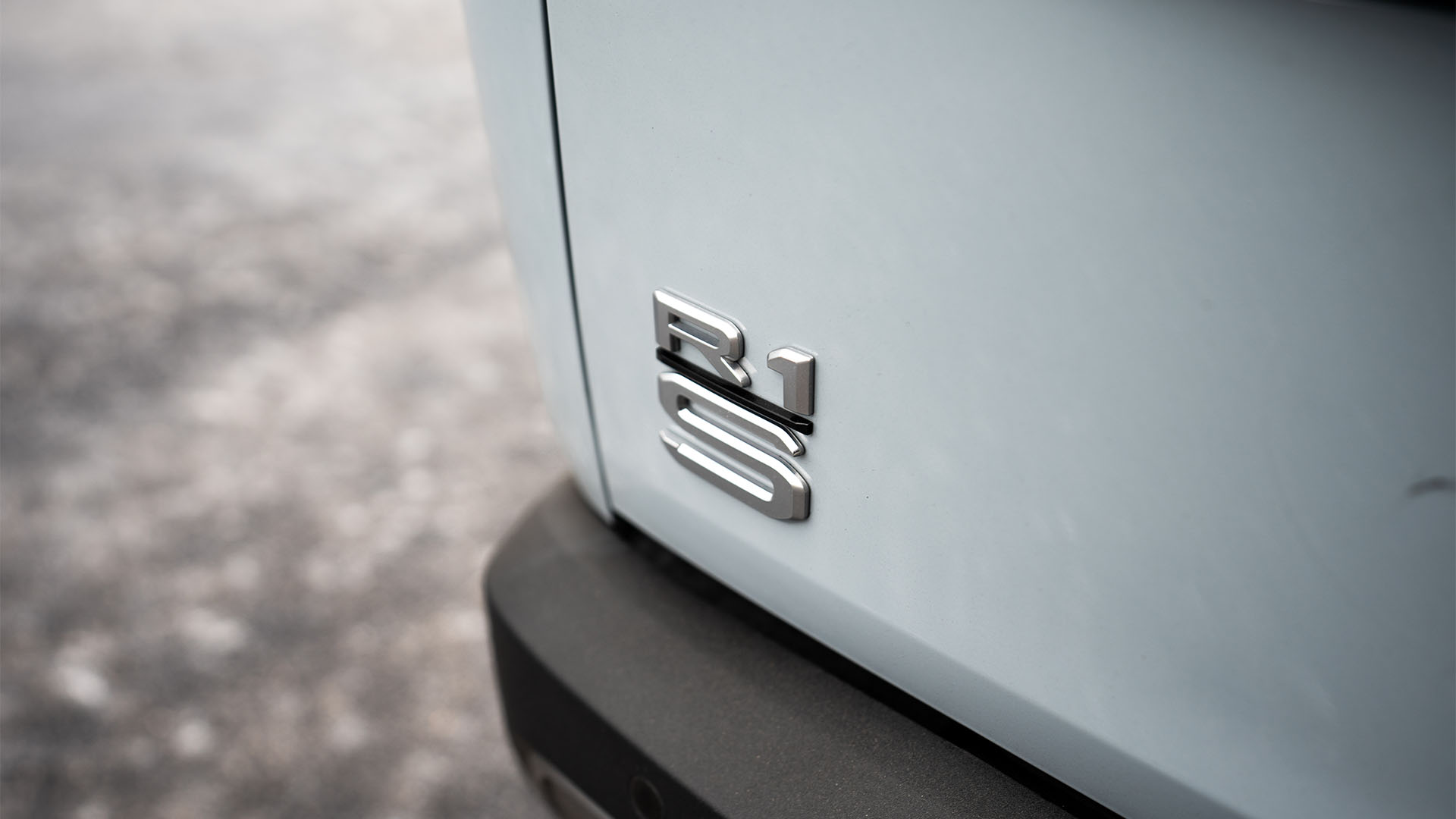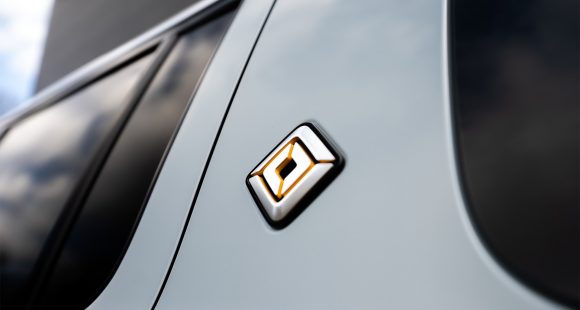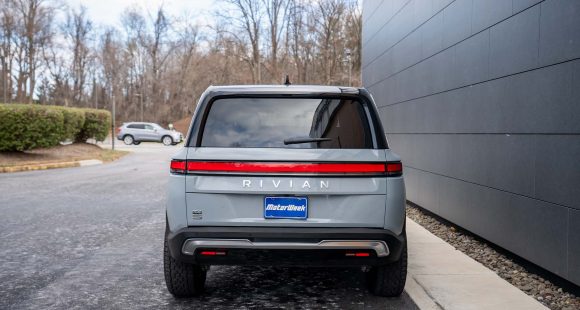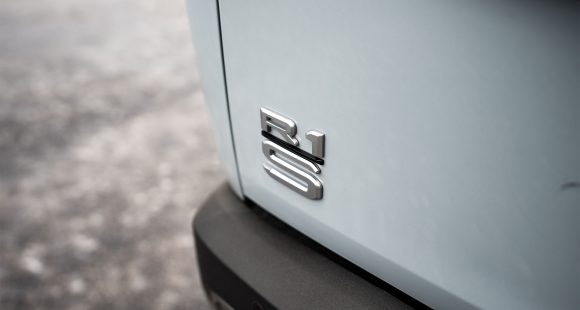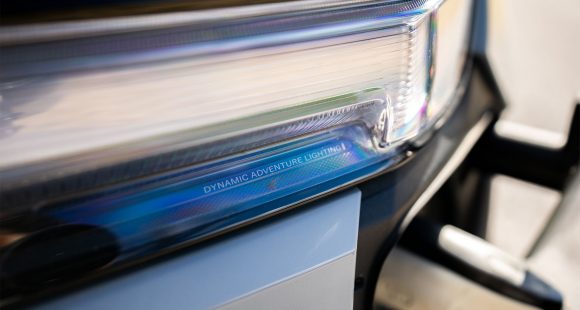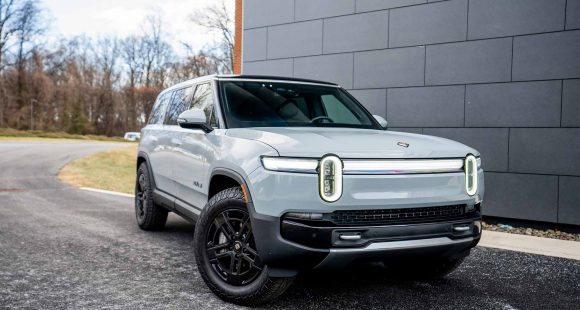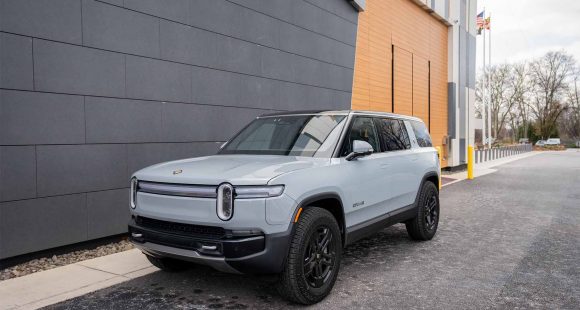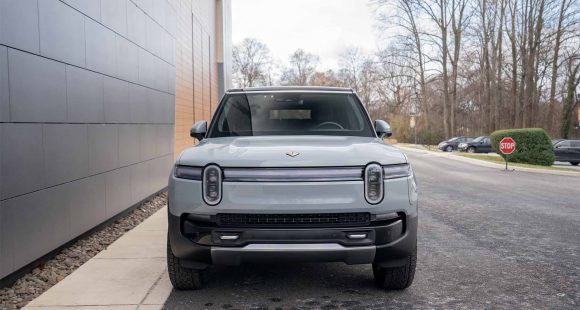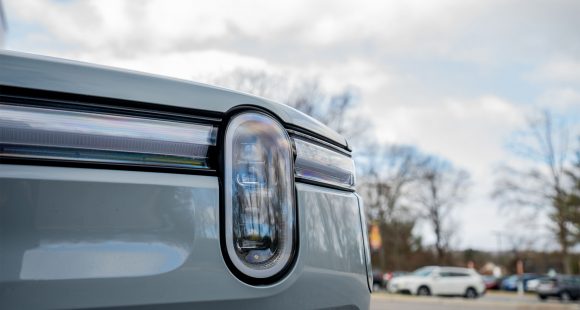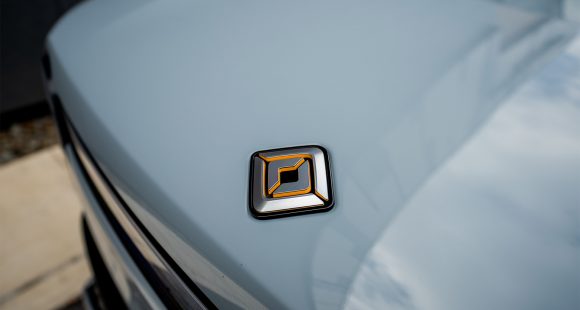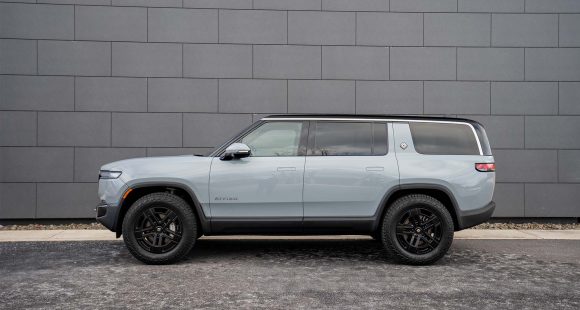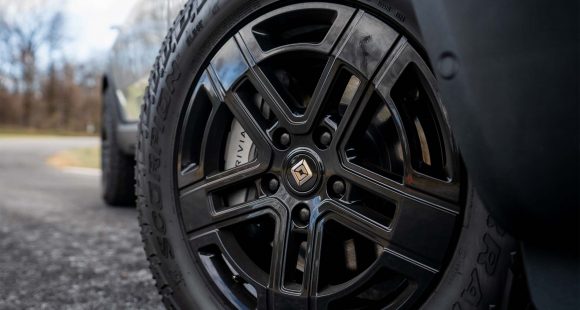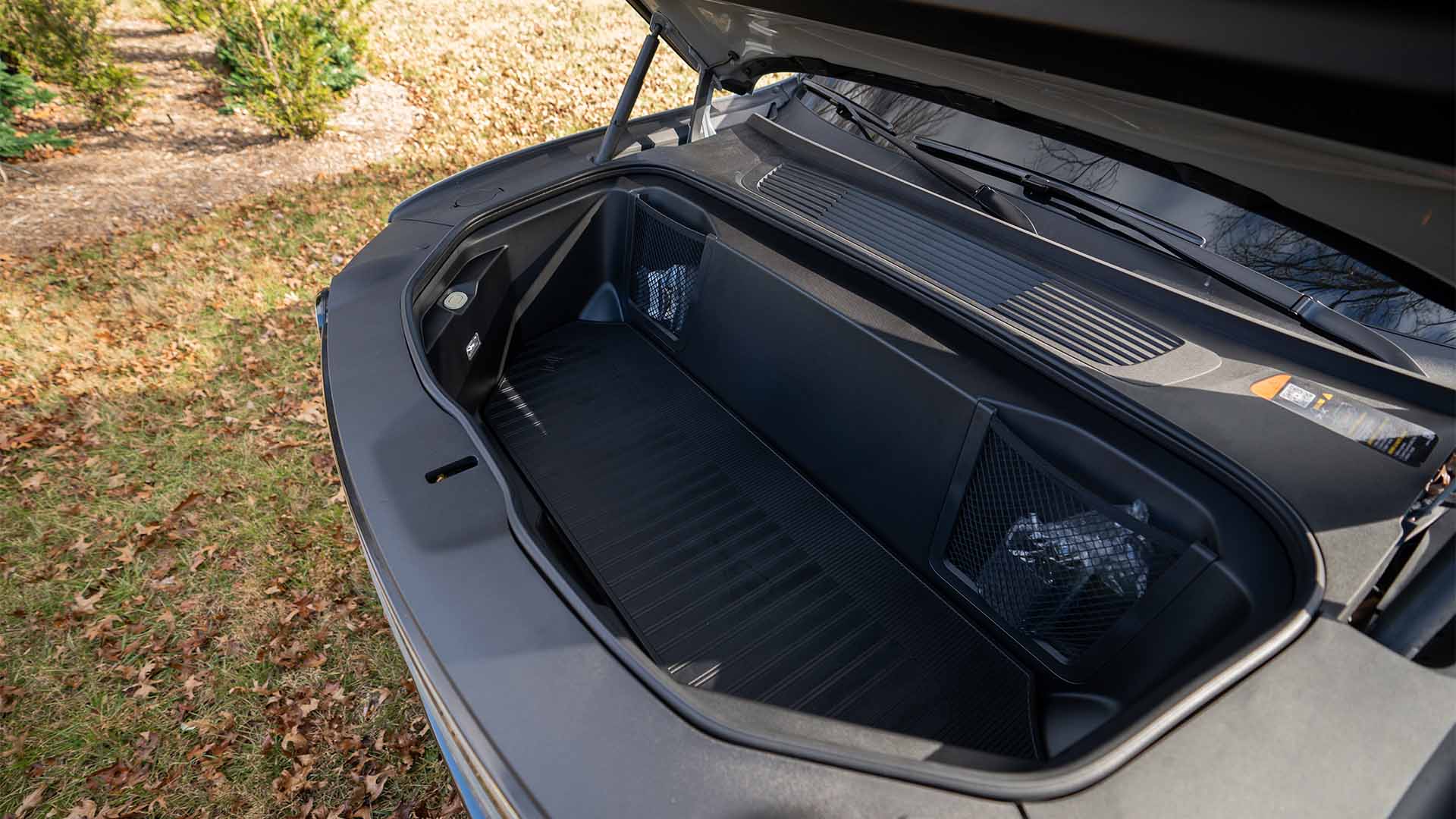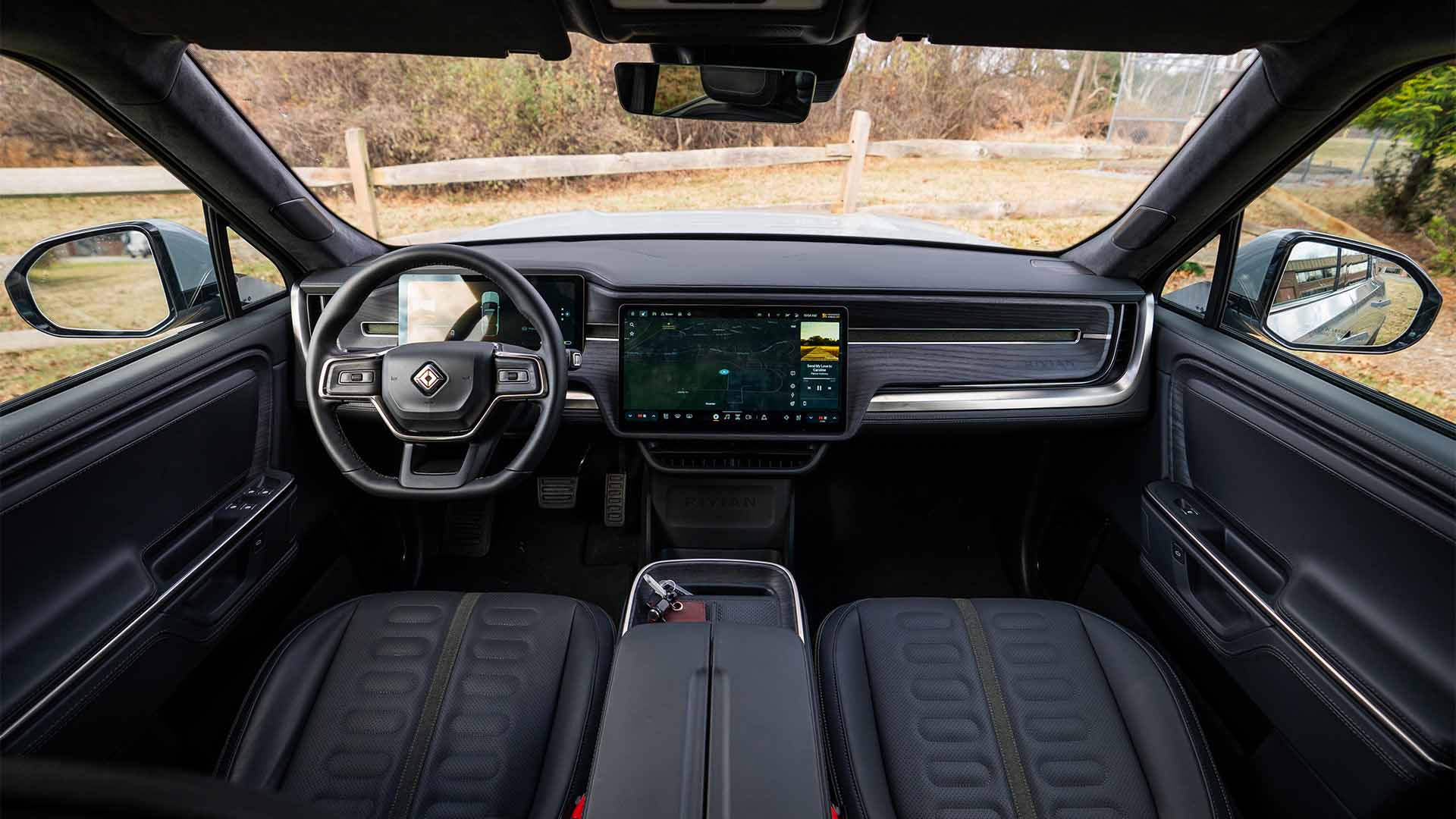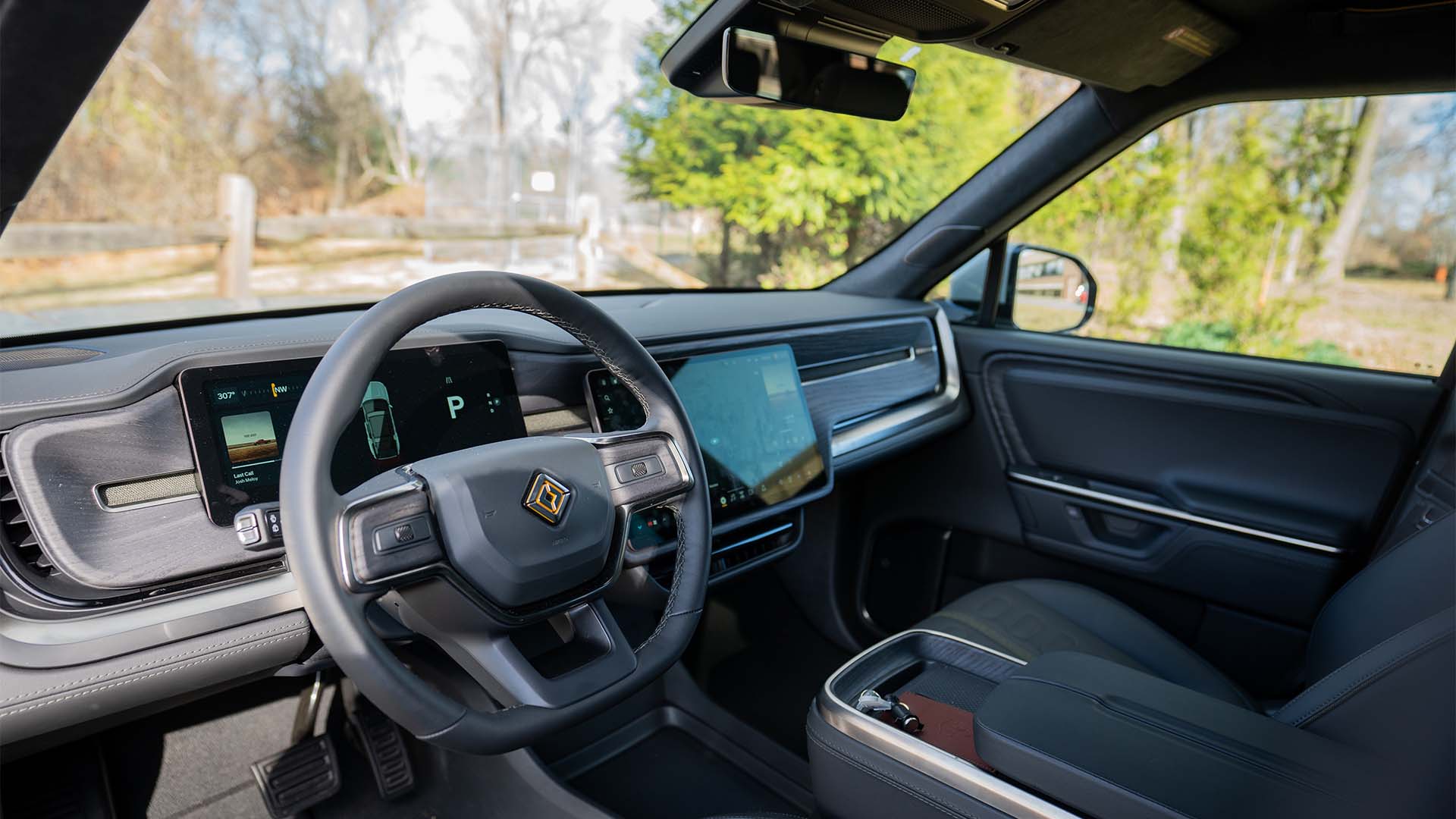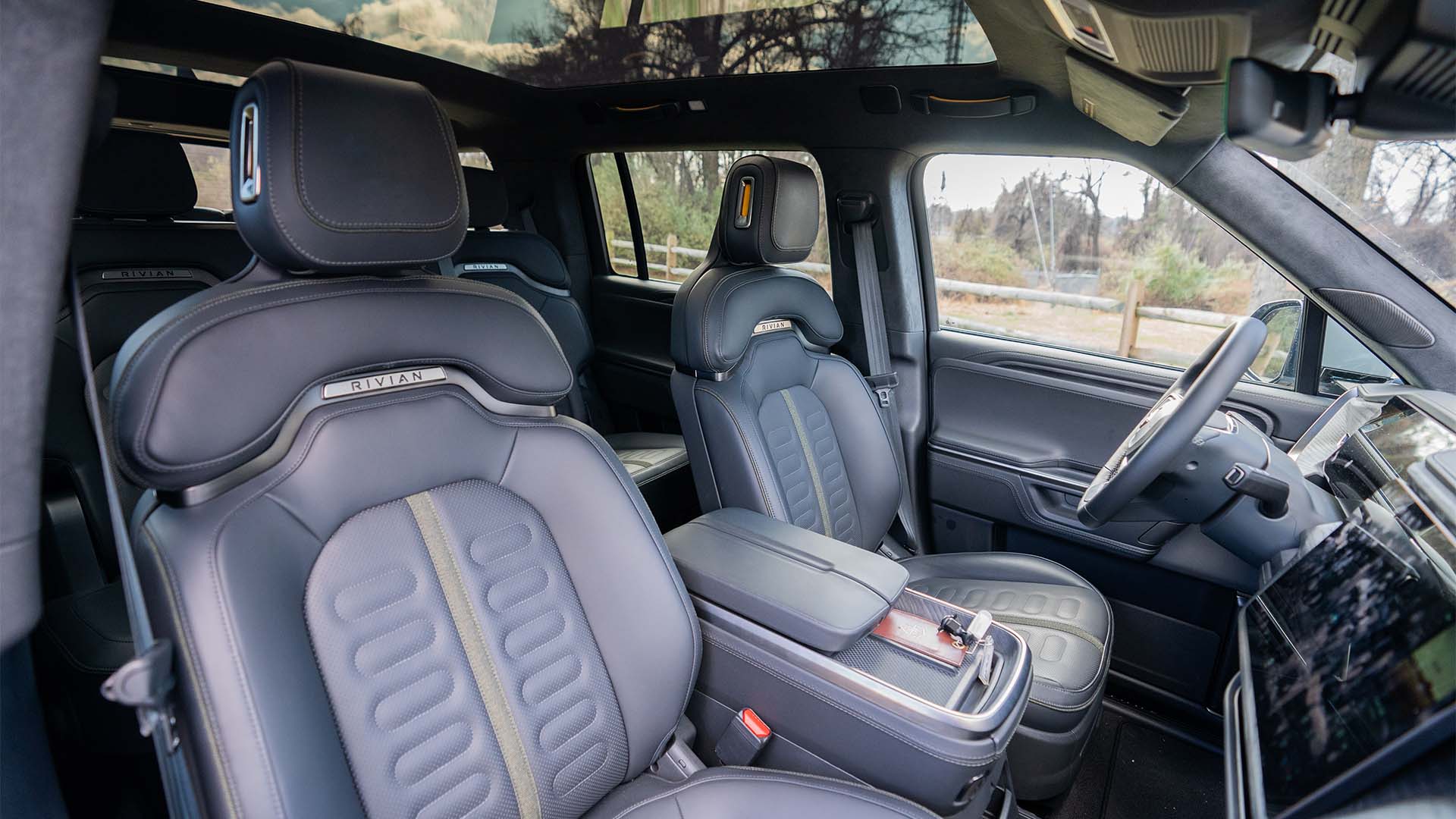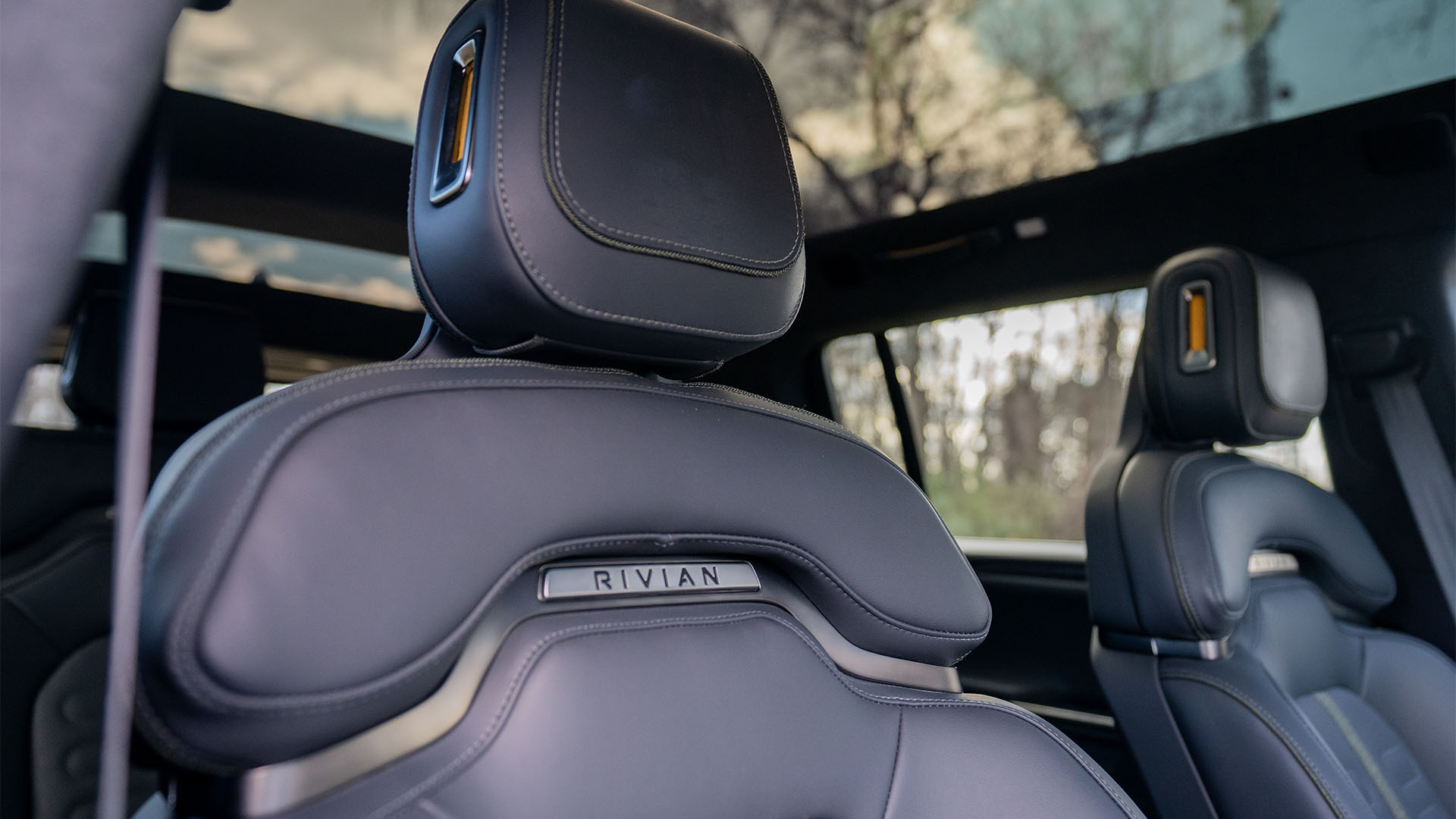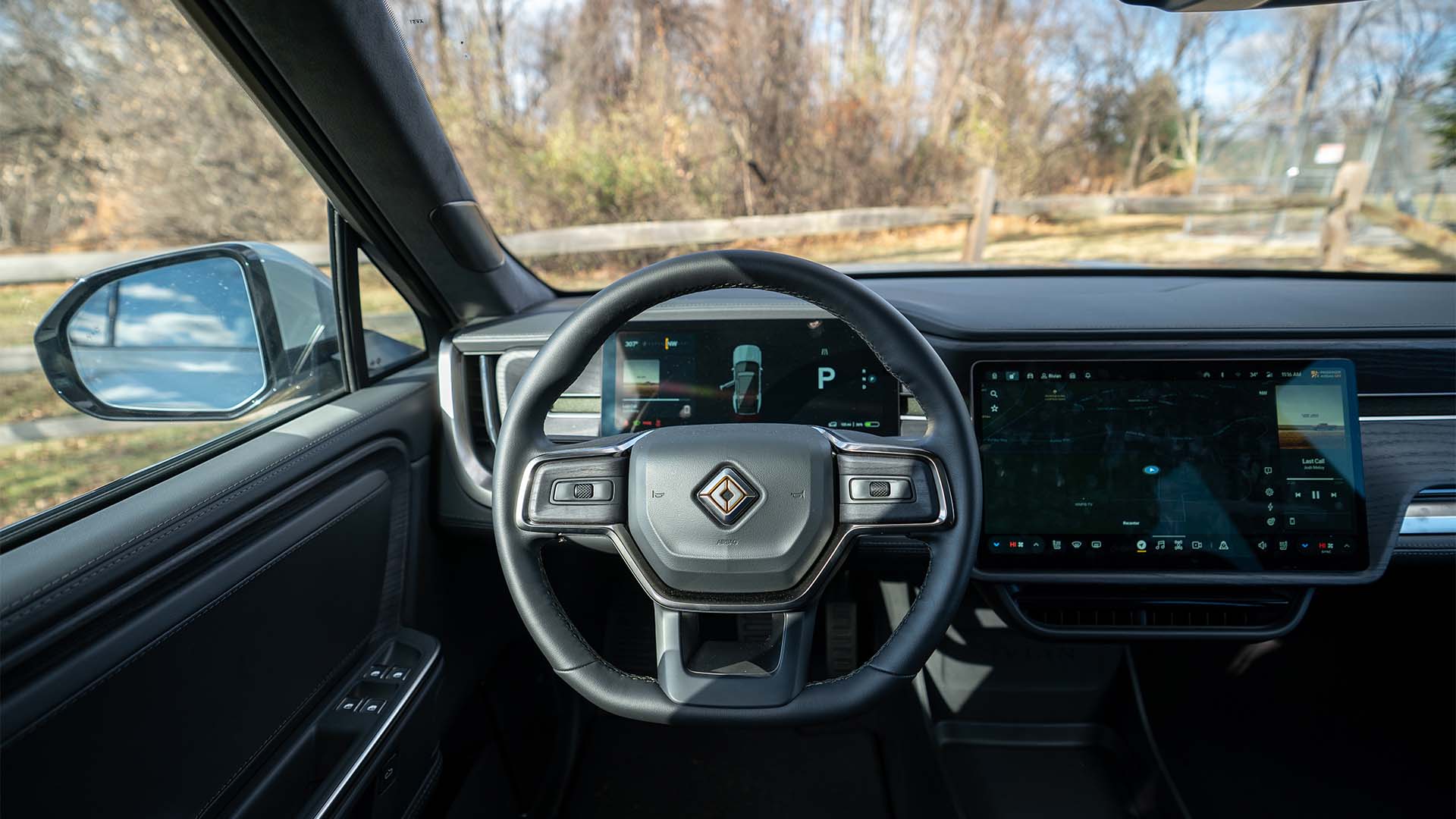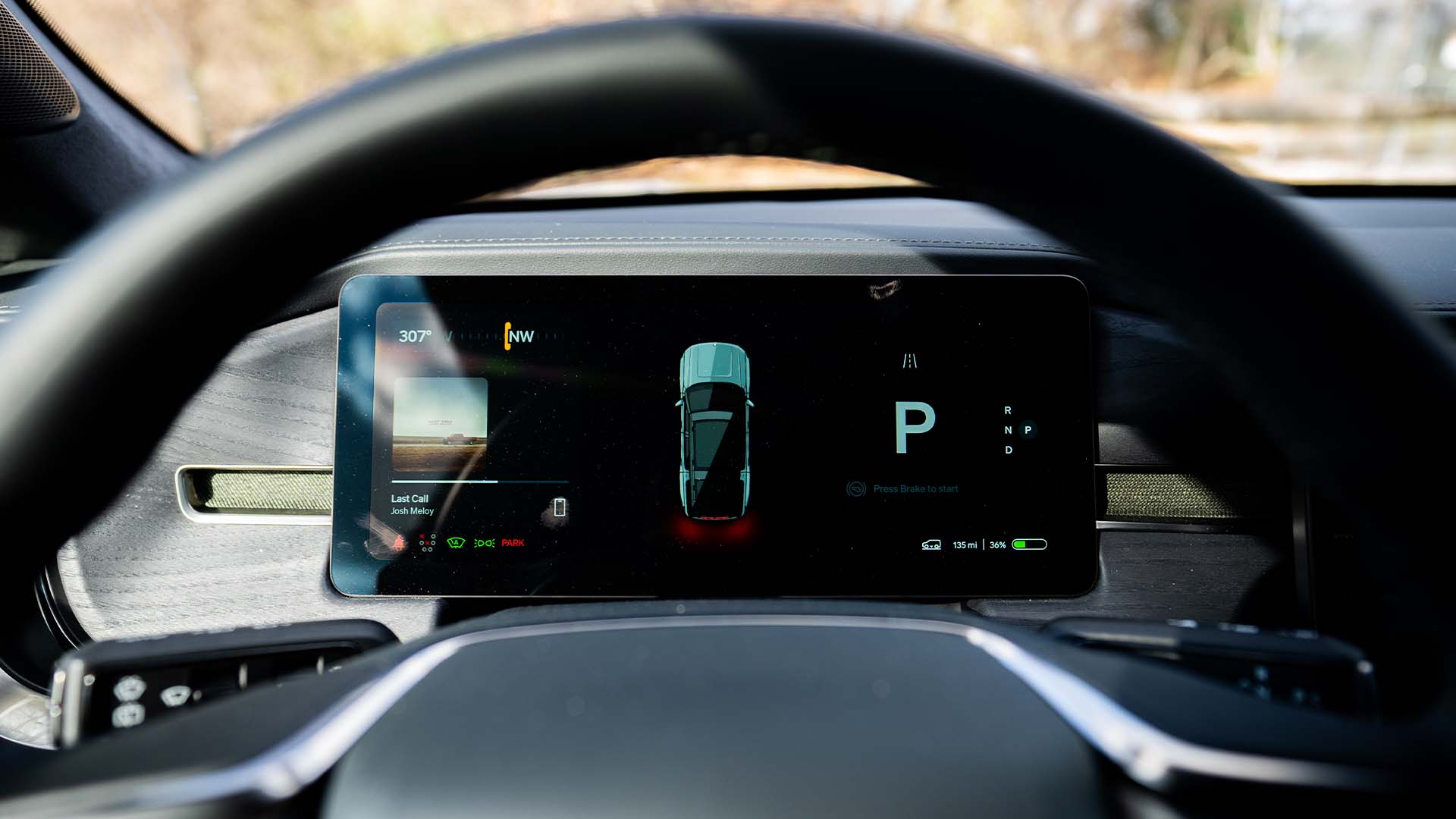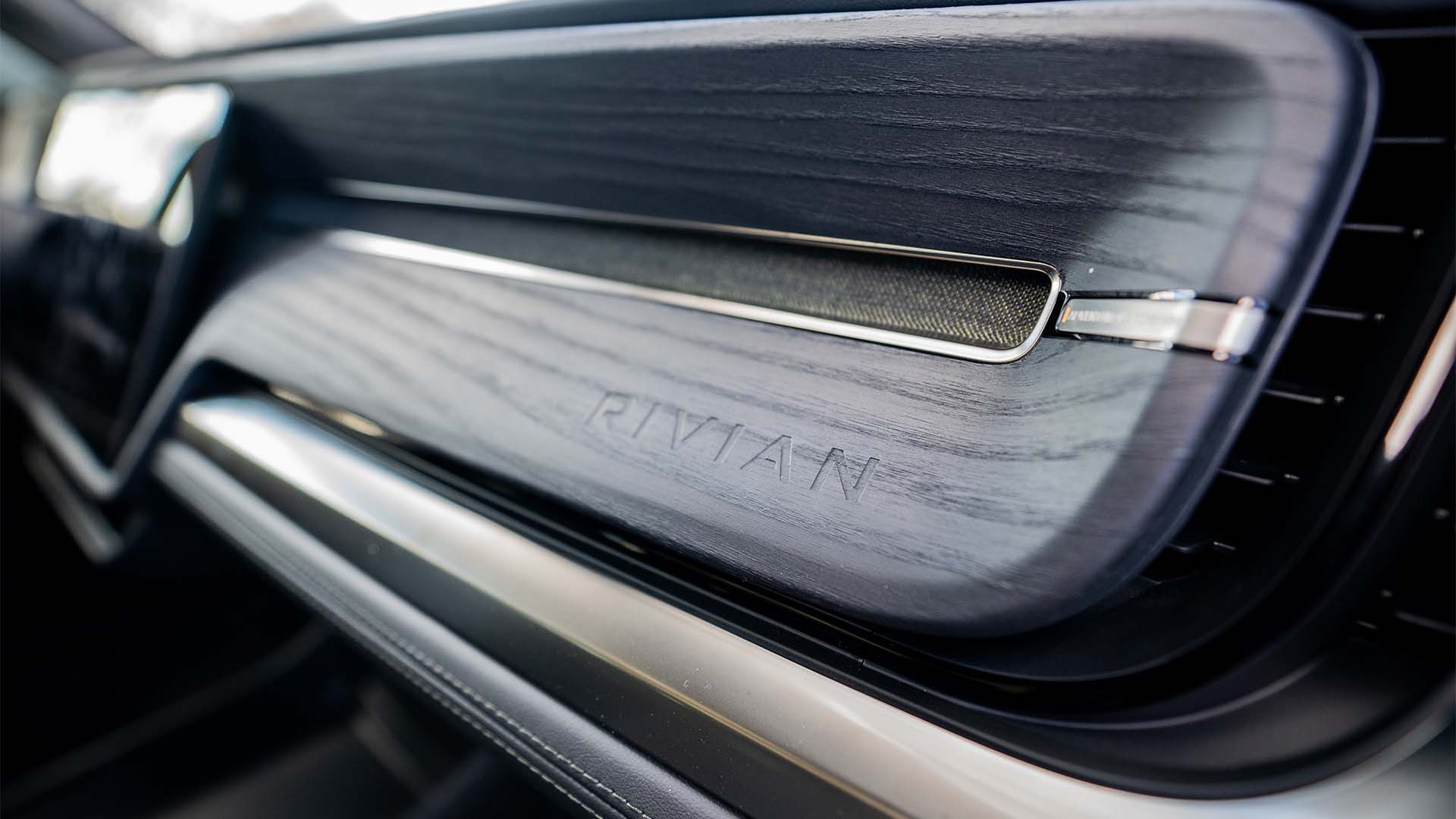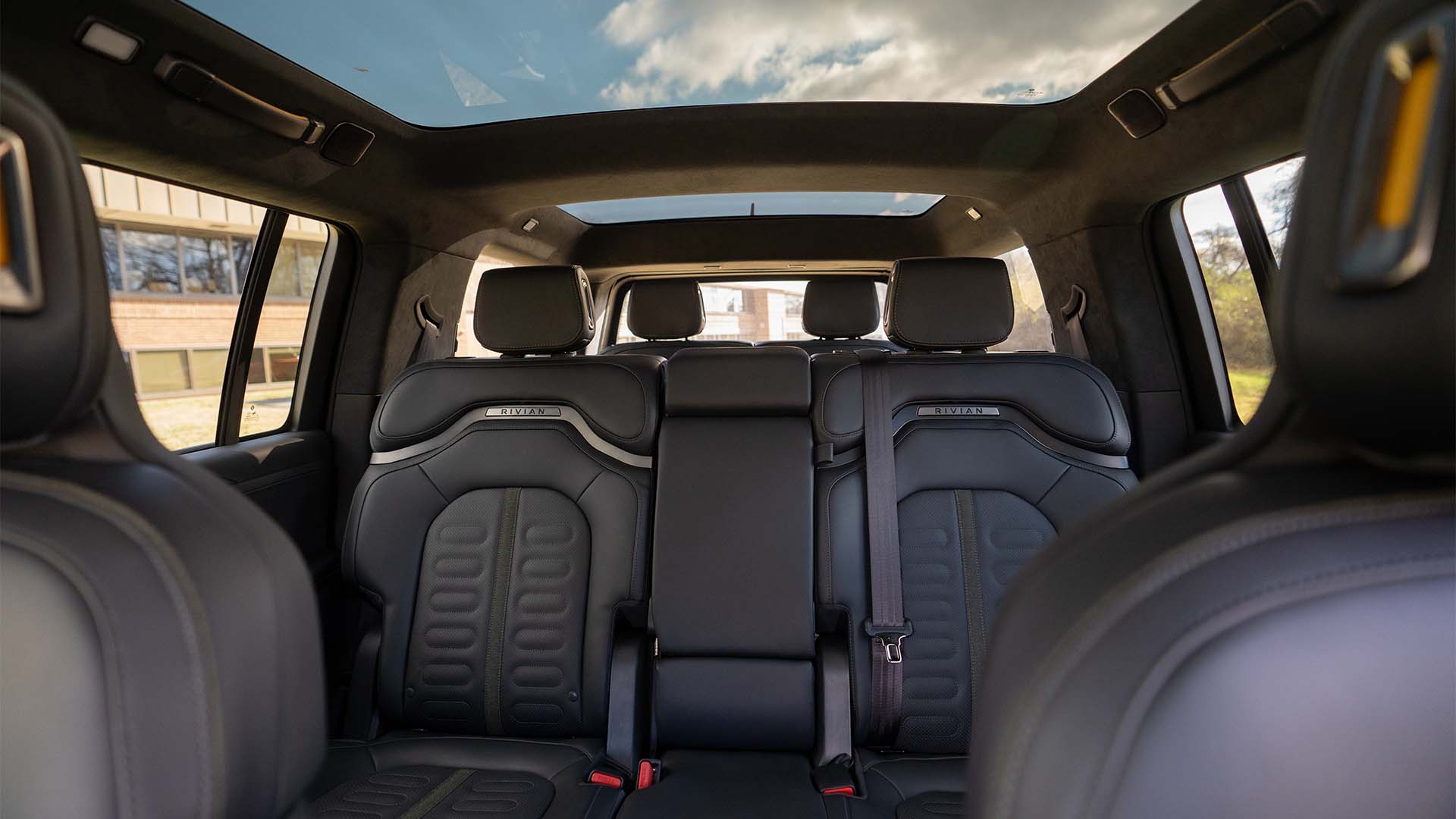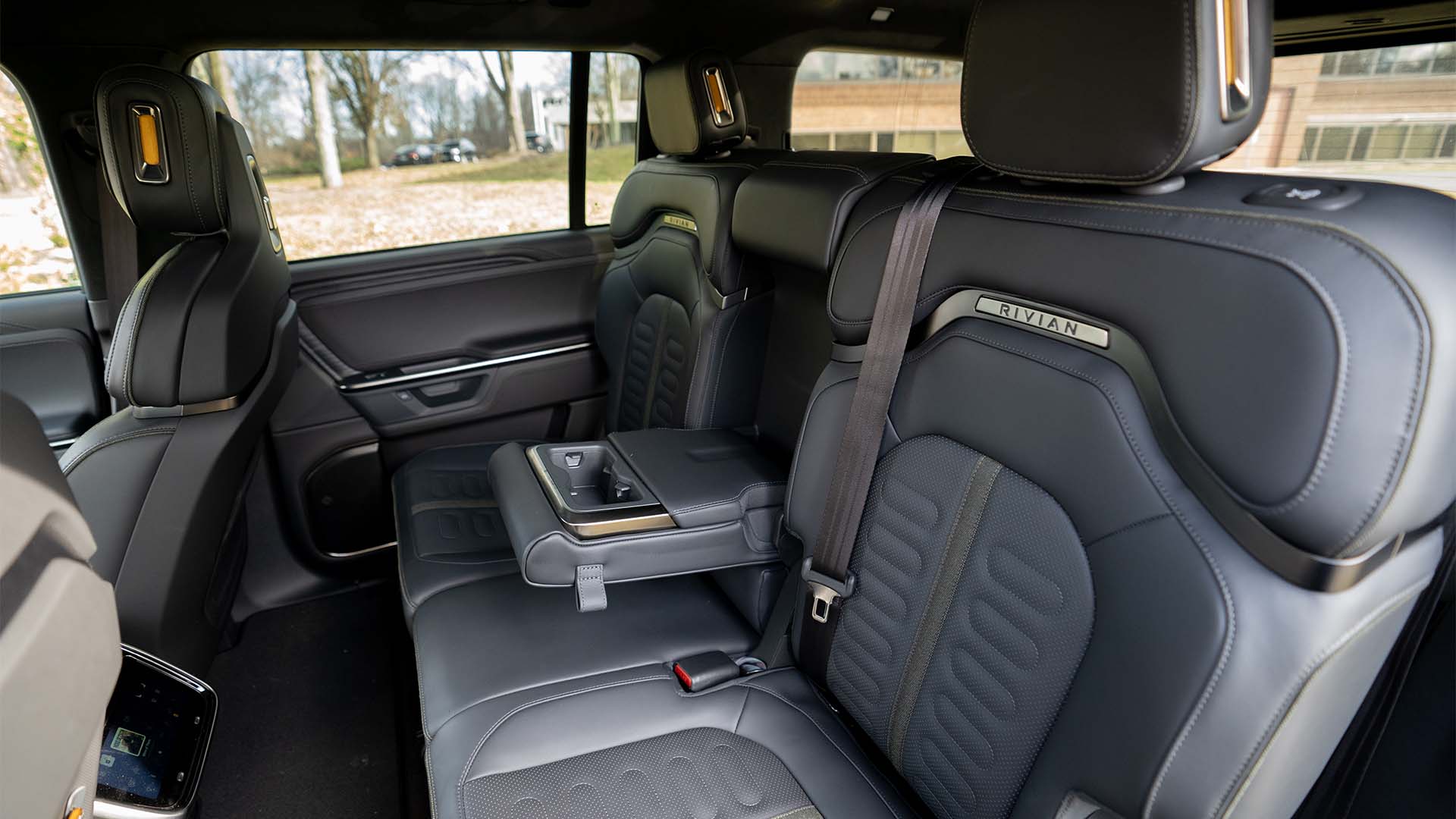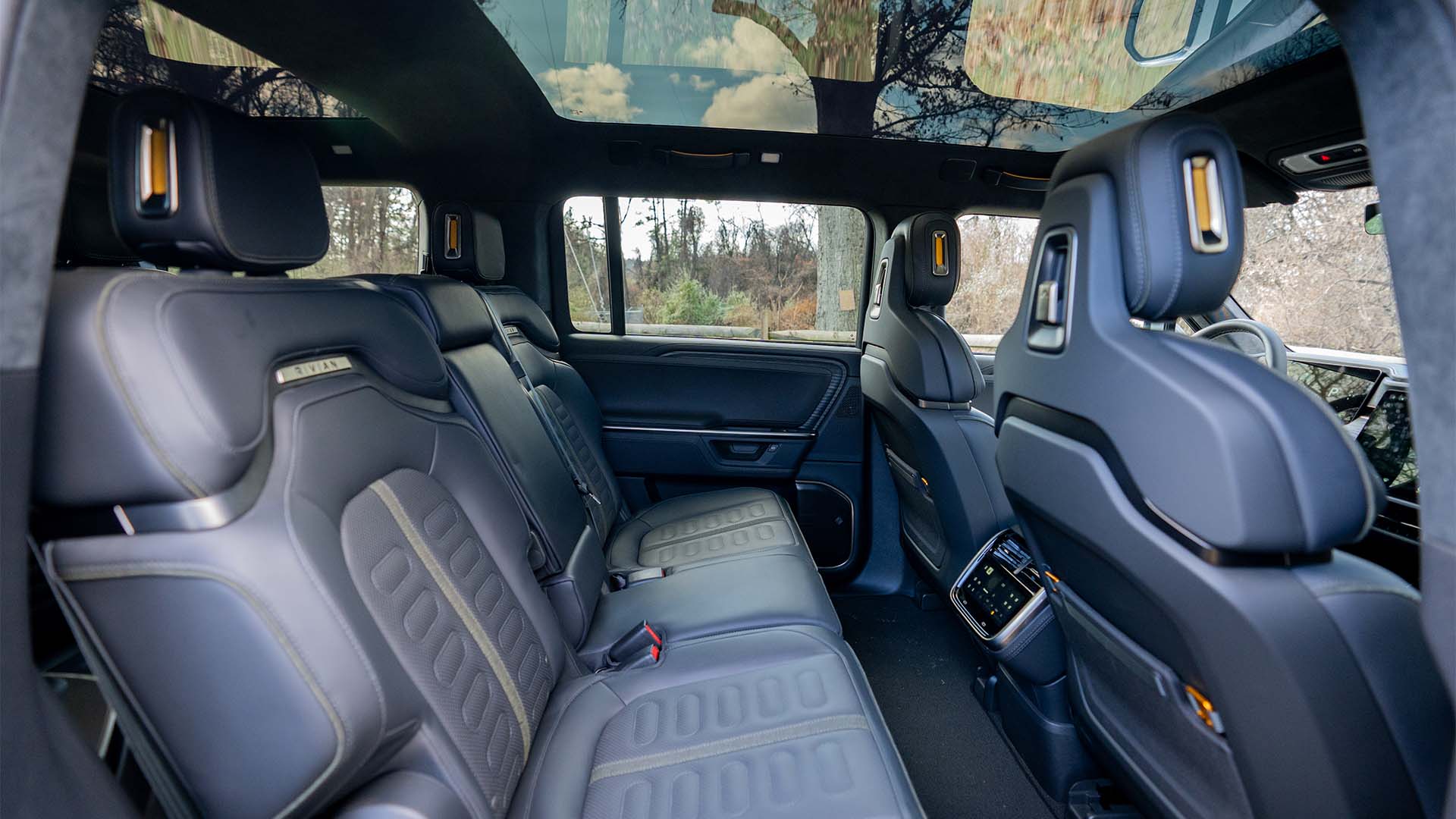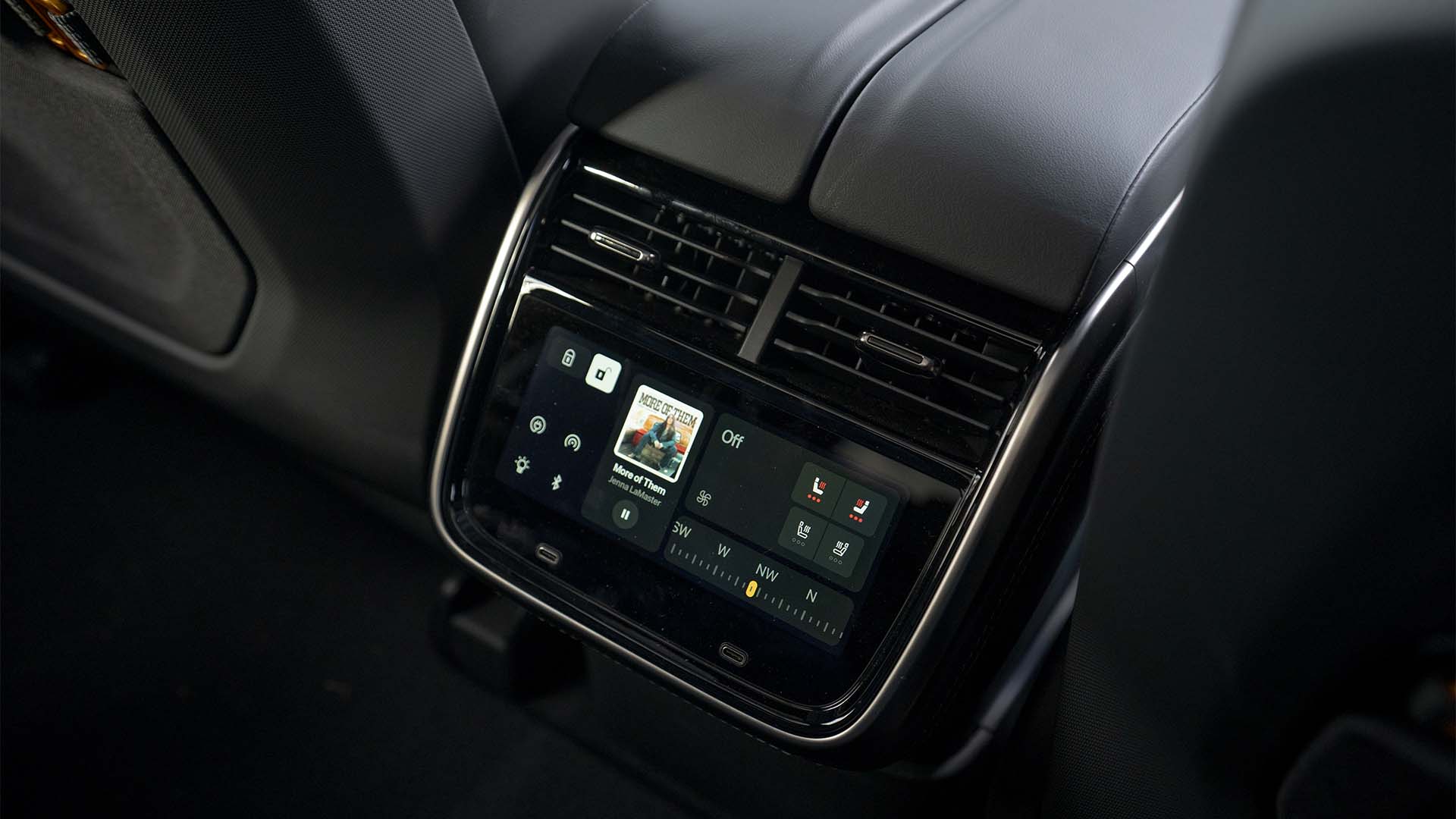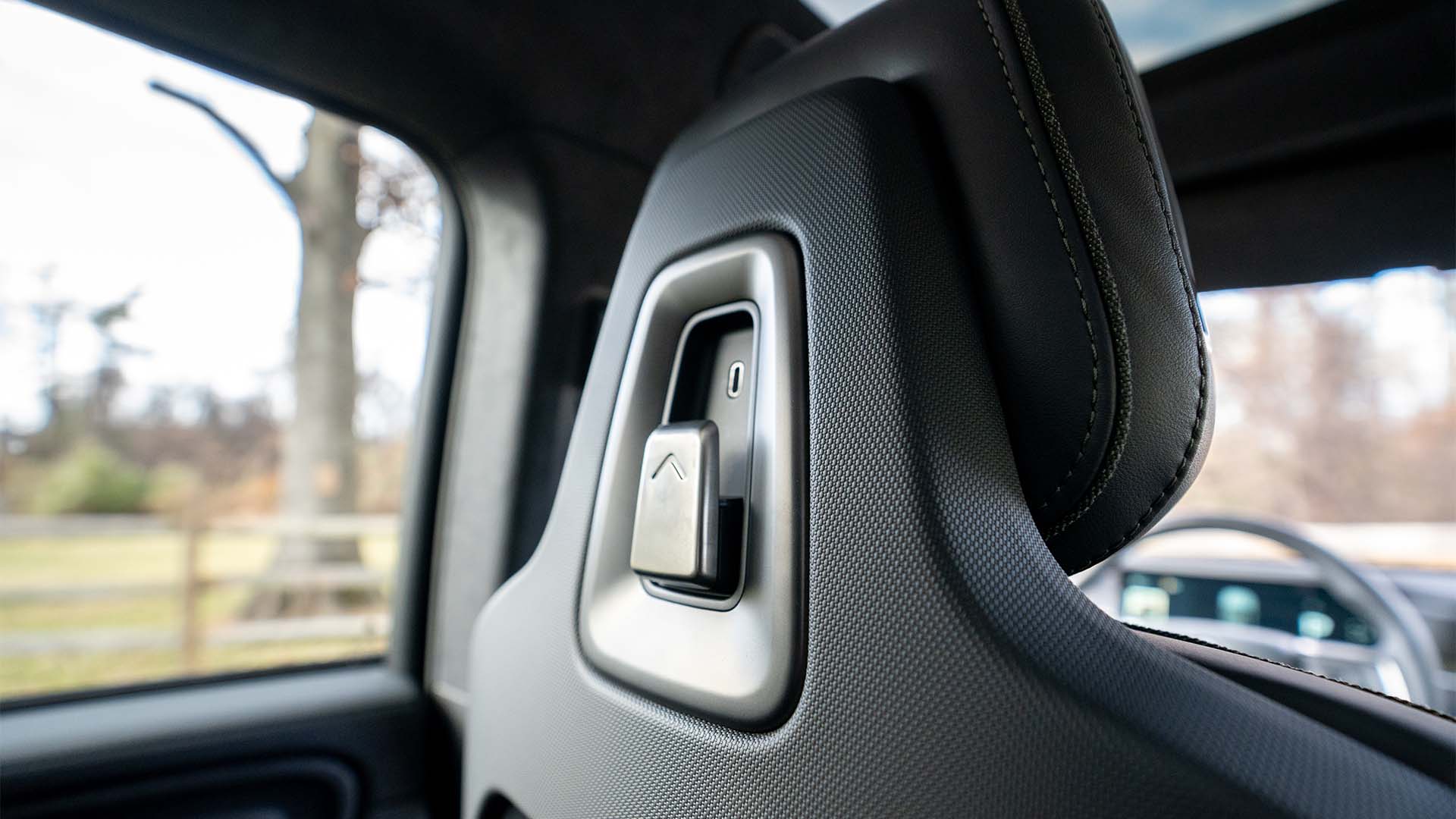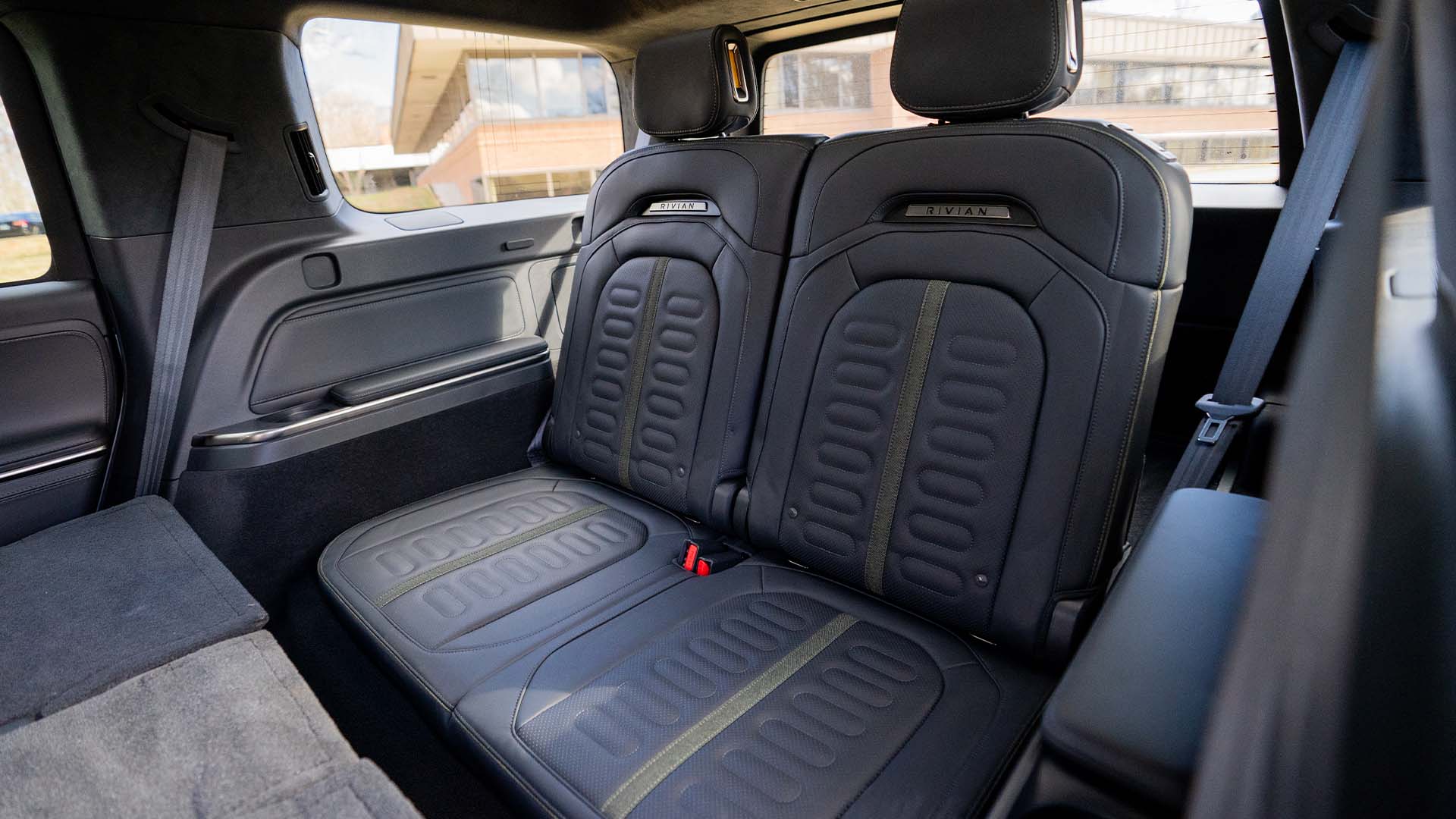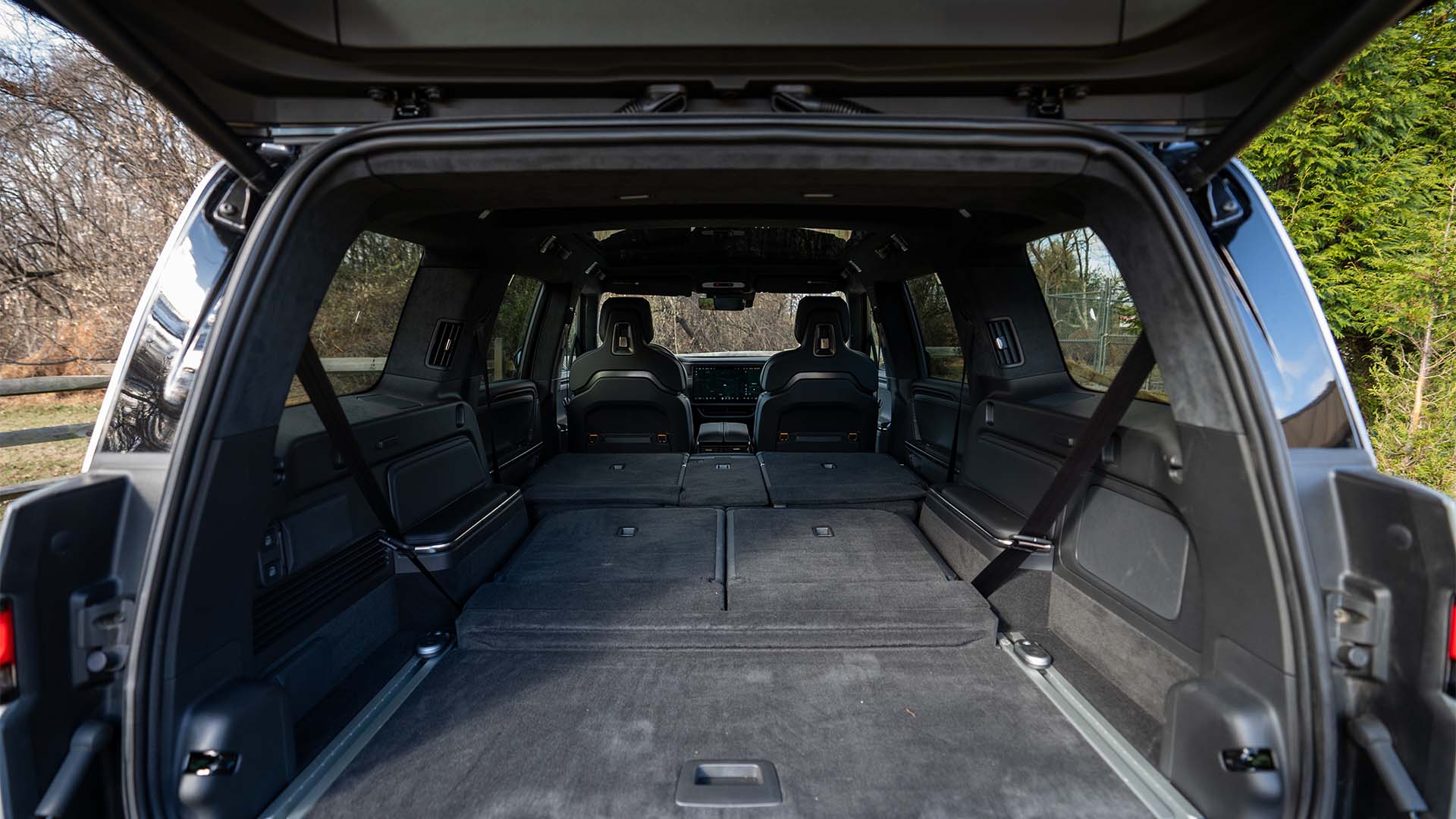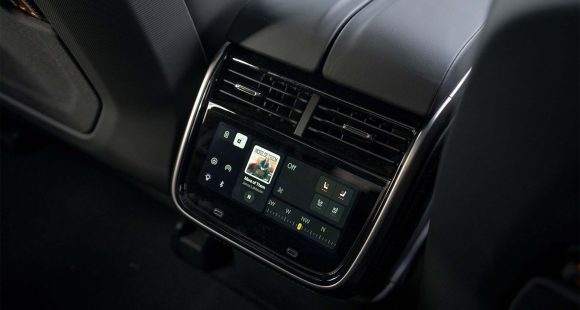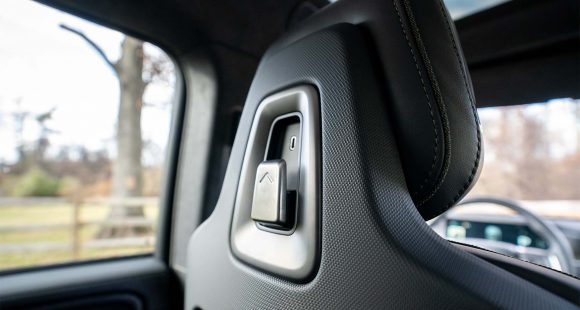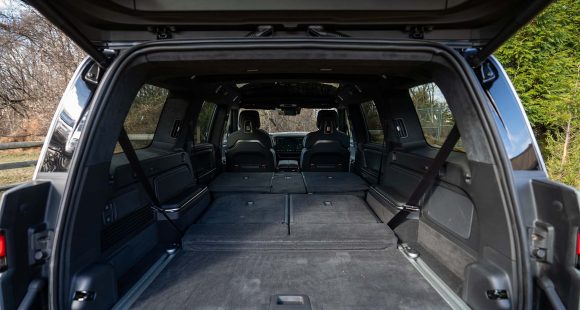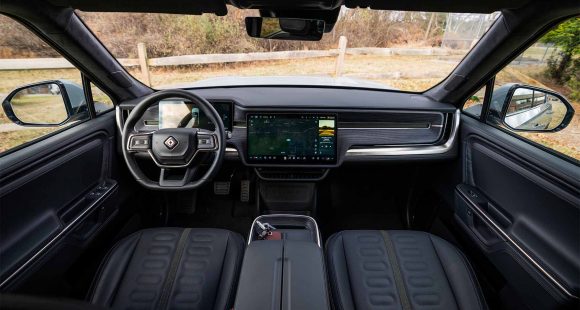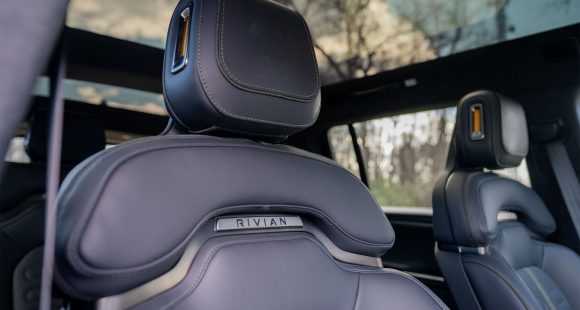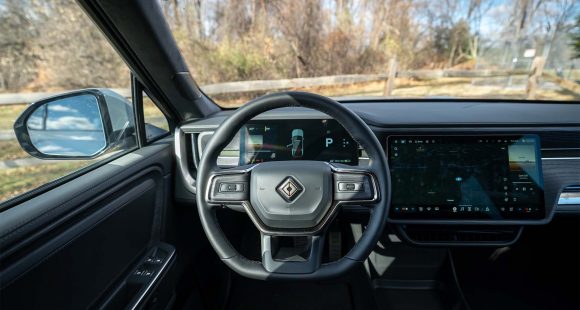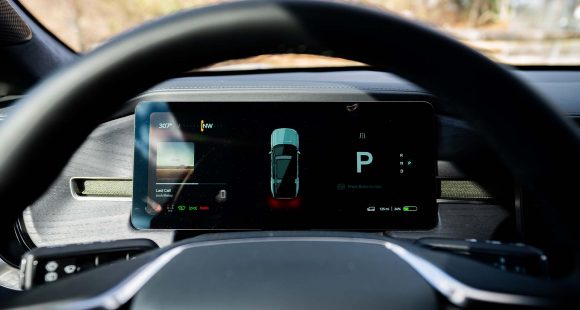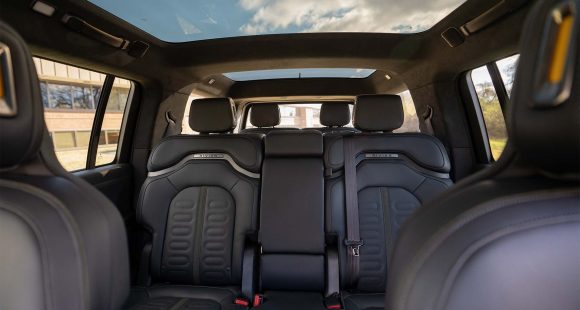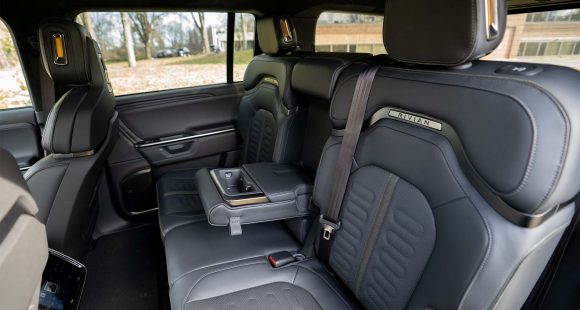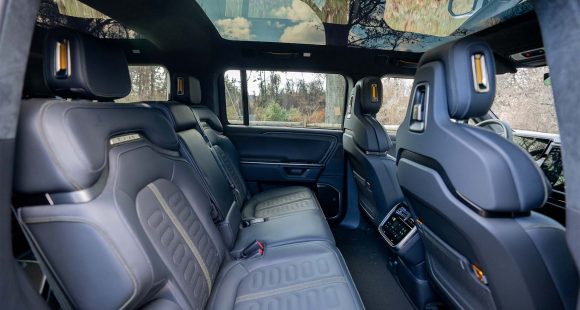2023 Lamborghini Huracán Tecnica
TECNICAly The Best Huracan Yet
While we’d all like to see a Lamborghini Huracán STO sitting in our garage, it’s one car that truly does belong on a racetrack. Now, if there was only a way to get the STO’s performance in a street-friendly ride that’s as easy to drive as it is easy on the eyes. Well, Lamborghini has granted our wishes with the Huracán Tecnica!
Unless you spend a lot of time following all the goings-on in the exotic performance car world, you might find it hard to keep up with Lamborghini. Since they established a whole new level of supercar accessibility with the entry-level Huracán for 2015, they’ve been constantly evolving it, even adding Evo to the name of its current base model to drive the point home.
Their latest wind of change is this 2023 Lamborghini Huracán Tecnica which takes most of what makes the top STO great, including its engine, and puts it in a something a little more street-able; essentially creating an additional tweener model between mild and wild. Regardless, it’s a Lamborghini, so we couldn’t wait to get on the track at Savannah, Georgia’s Roebling Road Raceway.
With all of its performance potential, it’s clear right away that the friendly Huracán nature remains fully intact. Your senses tell you to take it easy the first few laps, but you soon find yourself pushing harder and harder.
Much of the STO’s outlandish aero treatments are gone, that means a smaller wing and fewer air intakes. But the car’s shape itself still creates an amazing amount of downforce, providing grip aplenty for the tires; which are 245/30 Bridgestone Potenza Sports in front, 305/30 in rear; all mounted on diamond-cut 20-inch wheels. The front splitter is unique, as is the rear fascia, along with a subtle reshaping of the panel at the base of the windshield.
Lamborghini’s LDVI integrated driving dynamics control works through Strada, Sport, and Corsa drive modes, staying mostly behind the scenes enhancing your abilities, not holding back the car’s. For track use, Corsa puts you mostly in total control, though there always seems to be a safety net in place.
The Tecnica is rear-wheel drive only, so the front end feels lighter than AWD variants, and more willing to turn in; aided by good steering feel for precise inputs, as well as standard rear-wheel steer. Carbon-ceramic brakes are included, giving great feel and consistent results throughout our track days. It absolutely wails going around the track thanks to the free-flowing exhaust of that glorious mid-ship mounted V10 engine.
This 5.2-liter naturally aspirated V10 was an outlier when it first arrived; no turbos, superchargers, or battery assist. It’s even more so now, and we love hearing every one of its 631-horsepower and 417 lb-ft. of torque being made. It still works through the same 7-speed dual-clutch automatic transmission.
Put to the straight-line test, despite being rear-drive only, there was no lack of grip off the line. Just immense power flowing non-stop. We hit 60 in only 2.9-seconds and finished the ¼ in 10.7-seconds at 134 miles-per-hour.
Lamborghini has already said that they’ll be winding down Huracán production soon; so, were not sure whether to be sad about that, or excited for what’s next. At its base level, the Tecnica is more luxurious and less purposeful than the STO, but with the full cannon of Lamborghini customizations available, buyers can basically add in as many of the STO’s goodies as they want, including lots of carbon fiber.
Driven on the street, it’s not quite like a Camry, but it is comfortable and surprisingly easy to drive; though thankfully you can still hear plenty of mechanical noises, and you’re obviously well conscious of your investment.
While performance-wise the Tecnica is situated in between the base Huracán Evo and top STO, Lamborghini no longer offers a rear-wheel drive base Huracán, so the Tecnica actually starts a few thousand less, at $244,795. Meaning, unless you absolutely need all-wheel drive, you can get the best of both Huracán worlds, and still pay a tad less for it.
So, while most people in our world today tend to look at compromise as a dirty word, it’s the very thing that made the Huracán a true game changer when it arrived, and what has continued to make it a longtime success story. The 2023 Lamborghini Huracán Tecnica takes that theme to the extreme; though engineered for the street, it feels equally at home on the track, making it “TECNICAly”, the best Huracán yet.
Specifications
- Engine: 5.2L V10
- Horsepower: 631
- Torque: 417 lb-ft
- 0-60 mph: 2.9 seconds
- 1/4 Mile: 10.7 seconds at 134 mph
2025 Rivian R1S
Major Reboot for Rivian R1S
With just about every mainstream carmaker now onboard with battery-electric vehicles, EV-only brands are hoping there are still plenty of people out there willing to think outside the box. So, let’s see if Rivians latest R1S utility can make the case for taking the EV road less traveled.
Big changes have happened in the short time since the Rivian R1S first hit the streets three years ago. As for 2025, there are updates that touch just about every aspect of the vehicle. Yes, despite looking almost exactly the same outside, Rivian claims that beneath the surface, their entire electrical architecture has been significantly updated, eliminating a whopping mile and a half of wiring and 10 computer assemblies, allowing for more efficient operation.
But look closely and you will see their signature vertical oval headlights are updated with a new matrix of LED lights that can cycle individual elements on and off to provide maximum illumination where you need it without distracting oncoming drivers.
Not much change in the look of the interior either, but the synthetic leather upholstery is still very nicely done, though most touchpoints feel more rugged than luxury minded. With the exception of a couple controls on the steering wheel, you do still have to do almost everything on the R1S’s 15.6-inch touchscreen, but the user interface has been improved. So, while we do wish they could have reverse-engineered a knob or two into the mix, we realize full touchscreen interface is just what people expect in their high-end EVs these days, and at least it works better than before. And the gauge display still wows you with the amount of information it displays and is mounted high enough that no additional head-up display is needed. A new Rivian Autonomy Platform uses 11 cameras, five radars and A.I. for self-driving, or just to monitor what’s going on around the vehicle even when it’s parked.
This [EV] really feels fast, sitting you up high and throwing you back in your seat with authority.
Rivian has also given the R1S a substantial suspension revision with new spring rates, bushings, and mounts; along with new tuning for the adaptive dampers and roll-mitigation system. It does provide a more balanced street attitude, but it still rides like a truck. That’s great if that’s the experience you’re looking for; not as ideal if you’re looking for more of the smooth luxury-style treatment.
All R1Ss are all-wheel drive, but there’s a wide variety of powertrain options including a new Tri-Motor setup. Outputs range from the standard Dual-Motor’s 533 horsepower to the Quad-Motor’s impressive 1,025. There are several battery packs as well, delivering as much as 410 miles of range, giving the R1S the highest rating of any SUV on the market right now. Our Adventure trimmed tester featured the 665-horsepower Performance version of the Dual-Motor arrangement, with the Max battery and 20-inch wheels with all-terrain tires.
Theoretically, that setup is rated for 370 miles, but perhaps we were enjoying the “performance” theme too much as our results were well short of that, using 68% of the battery to drive only 189 miles, putting our estimated range around 278 miles. Using 43 kilowatts of electricity for every 100 miles earns the R1S a fair efficiency rating.
But all was forgiven at our Mason Dixon test track when this Rivian started blasting us to 60 in 3.8 seconds. Yes, there are faster EVs, but this one really feels fast, sitting you up high and throwing you back in your seat with authority, while the rear of the truck squats down substantially before hurling you off the line and down the track. Power delivery stayed strong the entire time, cranking away until we cleared the quarter-mile in 10.5 seconds at 108 mph.
Despite this utility’s substantial size and weight, we were able to keep a pretty fast pace through the cones of our handling course. The all-terrain tires obviously didn’t grip the pavement as well as all-seasons would, but the low center of gravity kept things very flat. Yes, it does feel very heavy, but the brakes were more than up to the task, stopping us from 60 mph in a very short 103 feet with surprisingly little nosedive and no fade.
Pricing starts at $77,700 for the Dual-Motor with Standard battery pack; our Dual-Motor Performance with the Max battery and All-Terrain Package came in just over $102,000.
While Rivian has had great initial success; sustaining that success will be a much tougher task. But, if they continue to put as much effort into improving their products as they have here with the 2025 R1S, we think their winning streak will only accelerate.
Specifications
As Tested
- Motor Setup: Dual Motor
- Battery Size: 141.5 kWh
- Horsepower: 665
- Torque: 829 lb-ft
- EPA Range: 370 miles
- 0-60 mph: 3.8 seconds
- 1/4 Mile: 10.5 seconds at 108 mph
- Braking, 60-0 (avg): 103 feet
- MW Test Loop: ~278 miles







